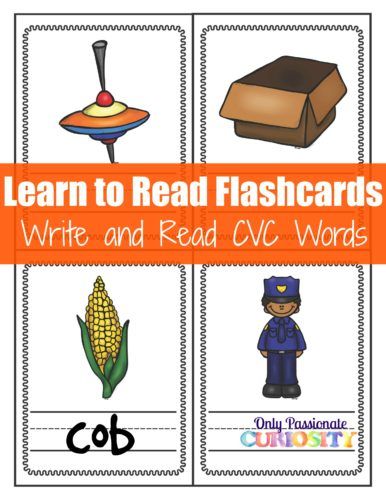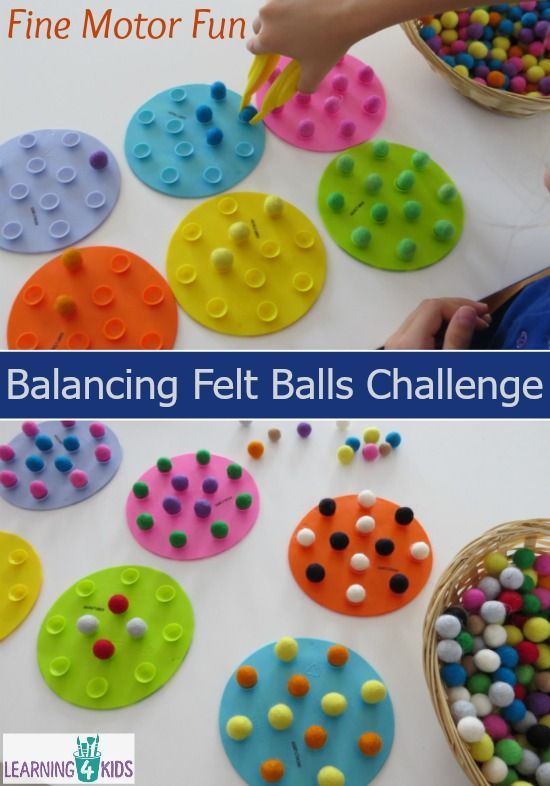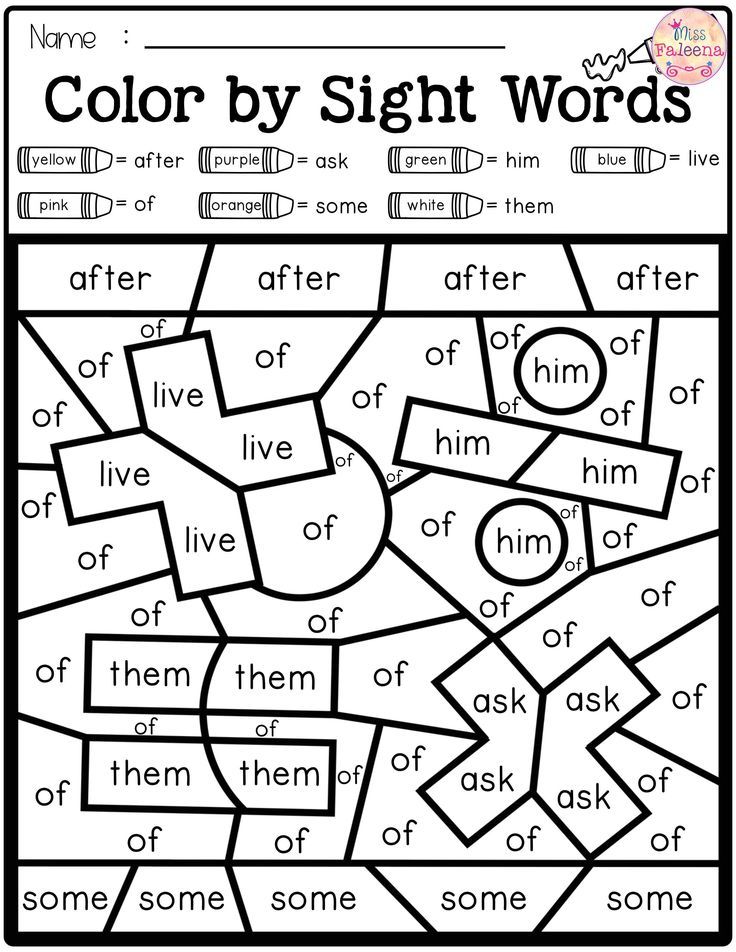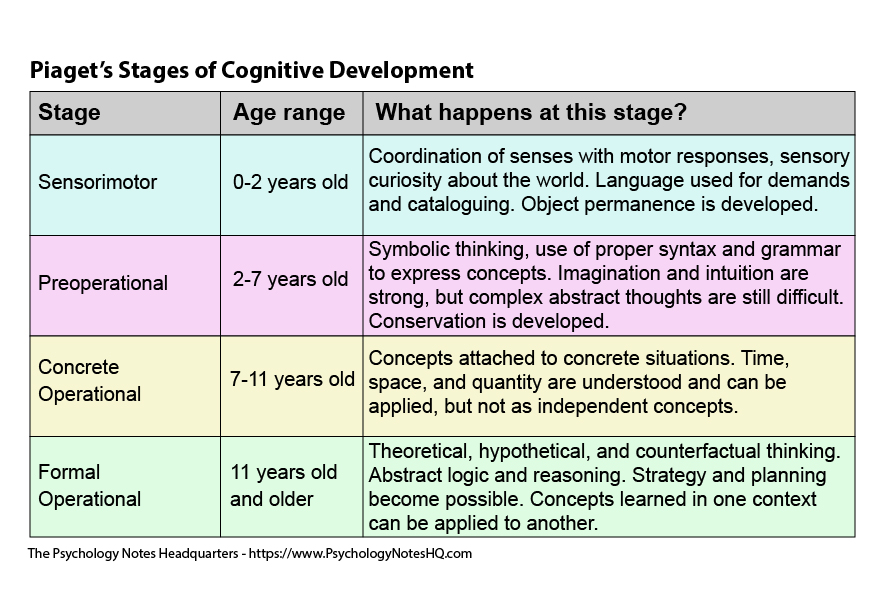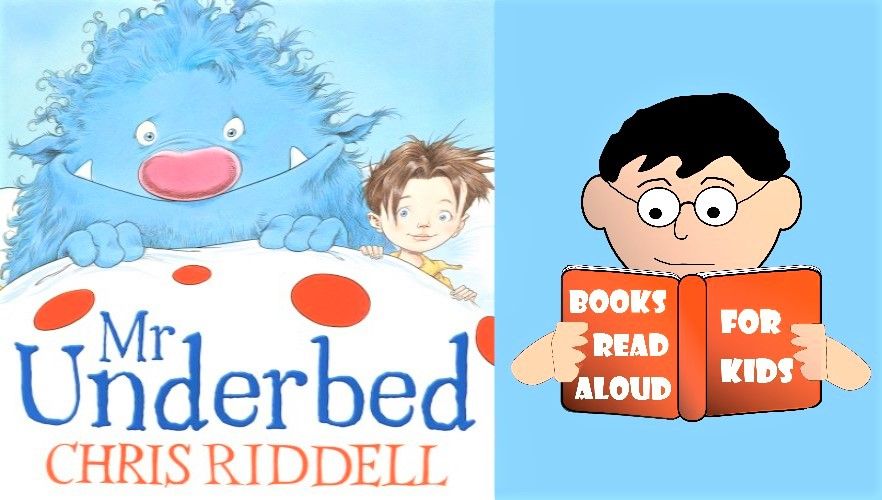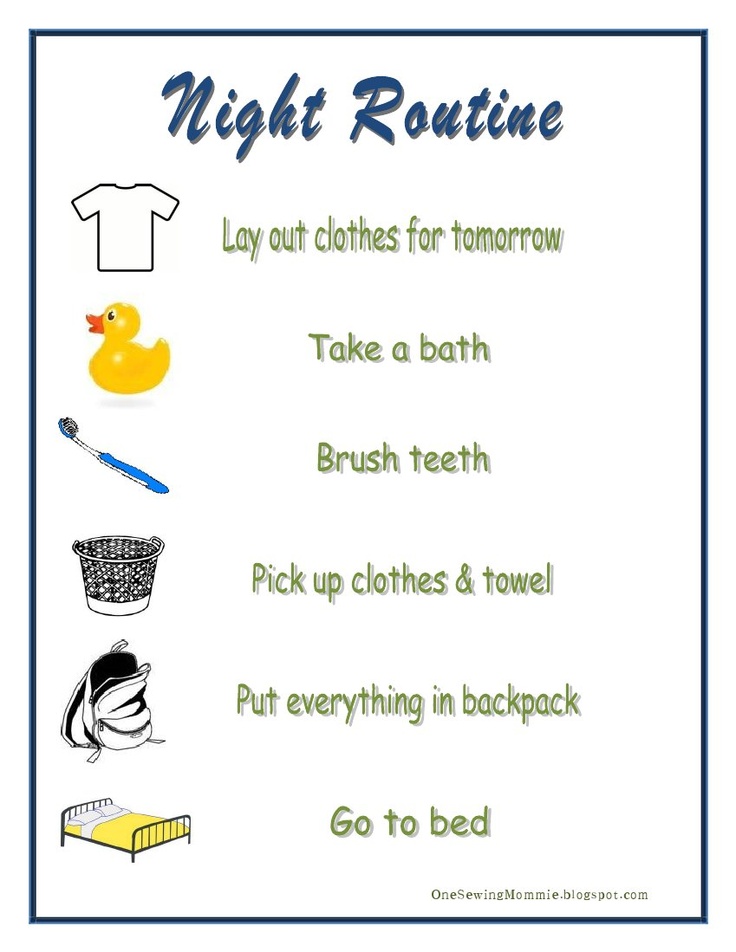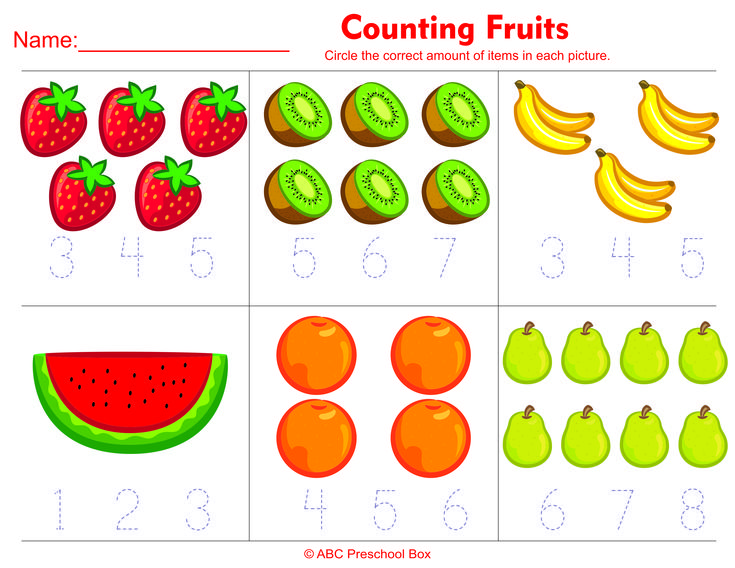Learn and read
How To Teach A Child to Read In 10 Easy Steps
Teaching your child to read can be one of the most rewarding experiences of your life! Here we share 10 tips on how to teach a child to read, from pre-readers all the way to school-age children!
As a former first grade teacher, teaching children to read is one of my greatest passions! But because most children don’t start actually “reading” until around 6 years old (which is upwards of the targeted age range for my blog), I didn’t want parents to feel pressured that their 3-year old needs to start reading (which, by the way, they don’t!). However, the information shared below is general information that is beneficial for children of all ages
, whether your child is ready to read or not. Don’t implement all of these strategies at once, nor should you expect your child to be able to do everything right away. Learning to read is a process and the information below is simply for you to implement when you feel your child is ready.
Once your child is ready to begin reading, you will need to find a systematic and explicit program that teaches phonemic awareness and phonics. This is essential. Learning to read is like breaking a cipher code (and contrary to what the title of this post suggests, it is NOT easy). Every child must learn the code and it makes the most sense to teach this explicitly rather than depending on kids figuring it out on their own. Please also recognize that although the suggestions below are labeled as “steps”, they are not necessarily in consecutive order, nor are they in order of importance. The information you will find here is simply a guide to help you see how each of the components of reading fit together for your pre-reader. If your child is school-aged and you are looking for a curriculum on how to teach a child to read, I highly recommend Pathways to Reading Homeschool.
How To Teach a Child To Read
1.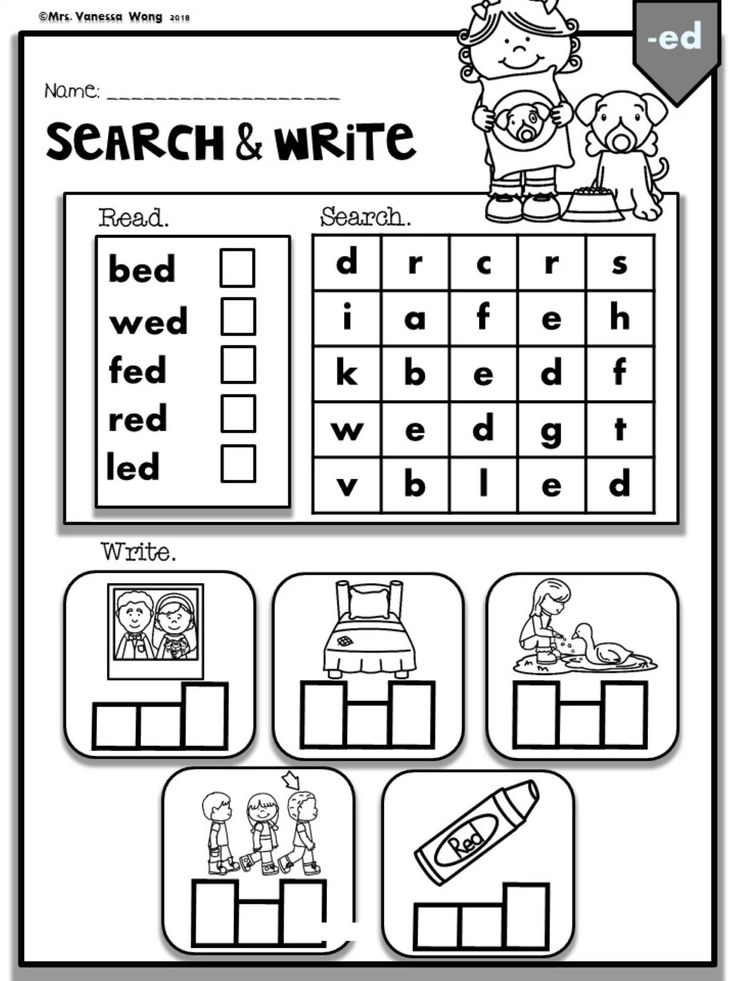 Read Aloud to your child
Read Aloud to your childTeaching your child to read is truly a process that begins at infancy. No, I am most certainly NOT advocating programs that claim to teach your baby to read using flashcards! What I AM encouraging you to do is to begin reading with your newborn within days of welcoming her home! Not only is ongoing reading time building a special bonding time for the two of you, it instills in her a love for books. Enjoyment while reading is one of the single greatest predictors of reading success in school-age children. If children don’t learn from an early age to enjoy reading, it will most likely hinder their ability sometime down the road.
How much you read to your child is completely up to you and your family, but I suggest you aim to read at least 3-4 books a day, even while your child is very young. As she gets a little older and can sit for longer stretches of time, make it a family goal to read together for at least 20-minutes each day.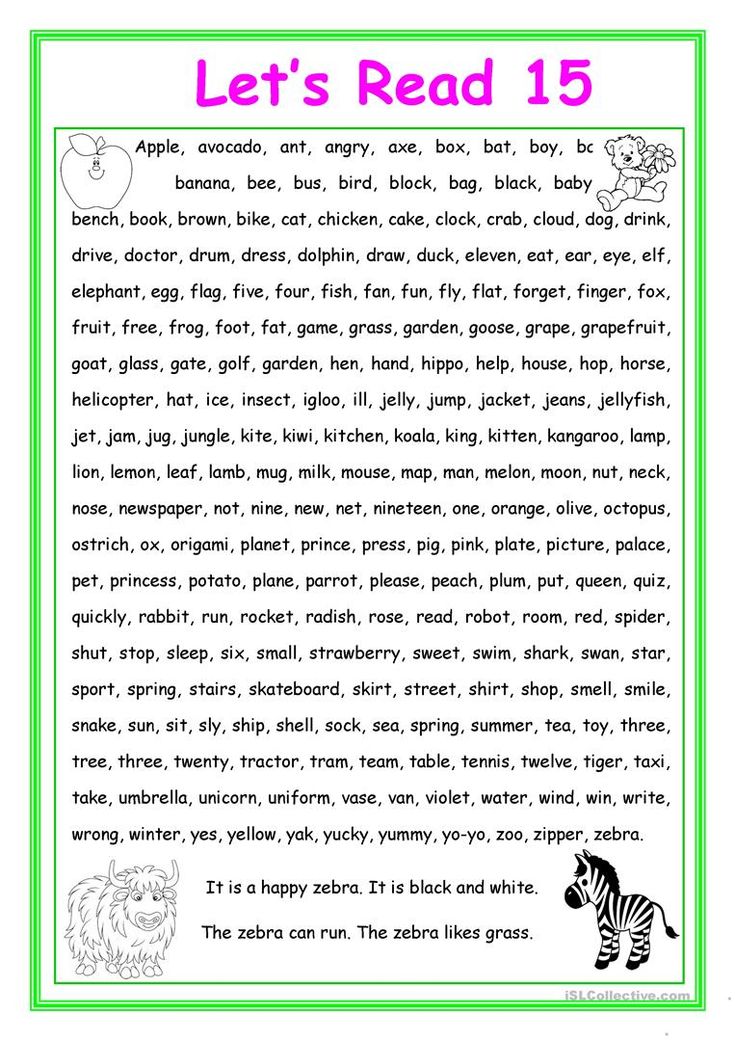
Here are a few suggestions for the types of books to read to your child. But by all means, read whatever your child responds to and enjoys!
- Birth-1 Year: Lullabies, Board Books (with real pictures), Cloth Books (with various textures), Song Books
- 1 Year-3 Years: Rhyming Books, Song Books, Short-Story Board Books
- 3 Years-5 Years: Alphabet Books, Song Books, Picture Books, Rhyming Books
2. Ask questions
Asking questions while reading to your child is not only great for encouraging your child to interact with the book, but it is also extremely effective in developing his ability to comprehend what he is reading. You see, if our main objective in “reading” is getting our child to “sound out” words, we have missed the boat entirely. Even children who can decode words and “read” with great fluency still might not be able to comprehend what they are reading.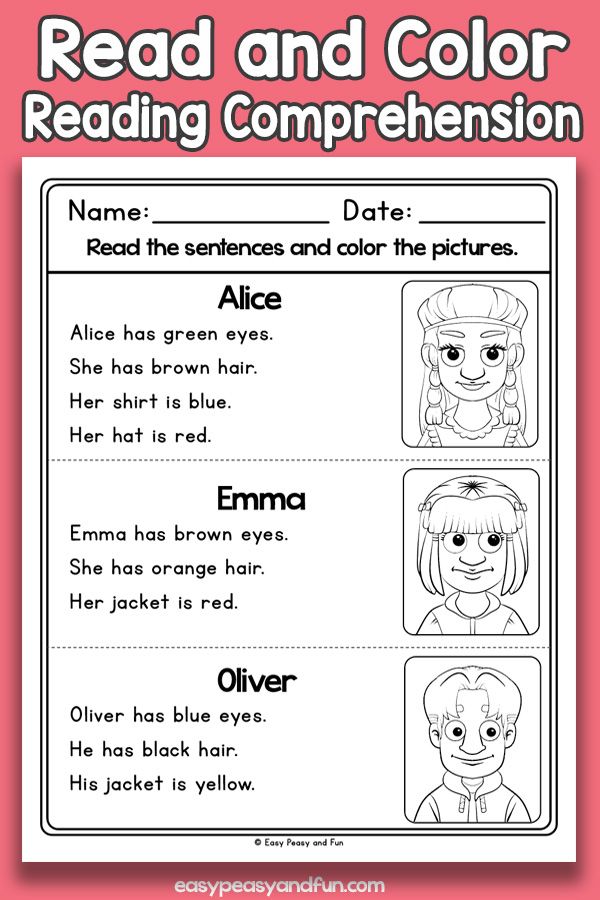 If a child can’t comprehend what he is reading, there really is no point to reading at all!
If a child can’t comprehend what he is reading, there really is no point to reading at all!
While your child is a baby, ask him questions such as, “Do you see the cat?” while pointing at the picture of the cat. This will not only develop his vocabulary, it will also encourage him to interact with the book that he is reading. As he gets older, ask him to point to things in the book himself and make the noises of the animals he sees.
Once your child is about 2 or 3-years of age, begin asking questions before, during, and after reading the book. Show your child the cover of the book and ask him what he thinks the story is going to be about (predicting). While reading, ask him what he thinks is going to happen in the story or why he thinks a character made a particular choice (inferring). If a character is depicting a strong emotion, identify that emotion and ask your child if he has ever felt that way (connecting). At the end of the book, ask if his prediction(s) came true.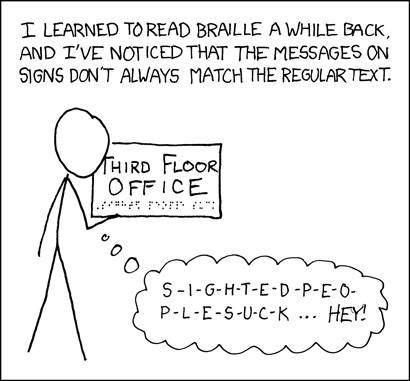 Afterwards, ask him to tell you what he remembered happening in the book (summarizing).
Afterwards, ask him to tell you what he remembered happening in the book (summarizing).
Modifying each of these techniques during read-alouds to meet the developmental stage of your child is a great way to promote and increase reading comprehension!
3. Be a good (reading) example
Even if your child is fascinated with books from an early age, her fascination will quickly dwindle if she does not see reading modeled in her home. If you are not an avid reader yourself, make a conscious effort to let your children see you reading for at least a few minutes each day! Read a magazine, a cookbook, a novel, your Bible…it’s up to you! But show your child that reading is something that even adults need to do. If you have a son, share this article with your husband. Sons need to see their fathers read, especially since it is not something that young energetic boys are naturally prone to doing.
As parents, we can sometimes get wrapped up with what exactly our children should be doing to be successful. But we often forget that children often learn by example. Grab a book and take a load off…for your child’s sake, of course!
But we often forget that children often learn by example. Grab a book and take a load off…for your child’s sake, of course!
Before our boys were born, we painted and hung large wooden letters spelling their name above the cribs as a decorative accent in their rooms. I would have never guessed that those wooden letters would have such a learning incentive for Big Brother! Around age 2.5, he began asking what letters were above his name. That’s honestly how he learned to spell his name…and he can spell his brother’s name too because he has taken an interest in his letters as well. In technical terms, this is called “environmental print” and includes all of the print we are surrounded by–fast food signs, labels, traffic signs, clothing, magazines, etc.
Often times, we want to force our children to learn letter names by a certain age. We buy flashcards or DVDs claiming to teach our children their letters.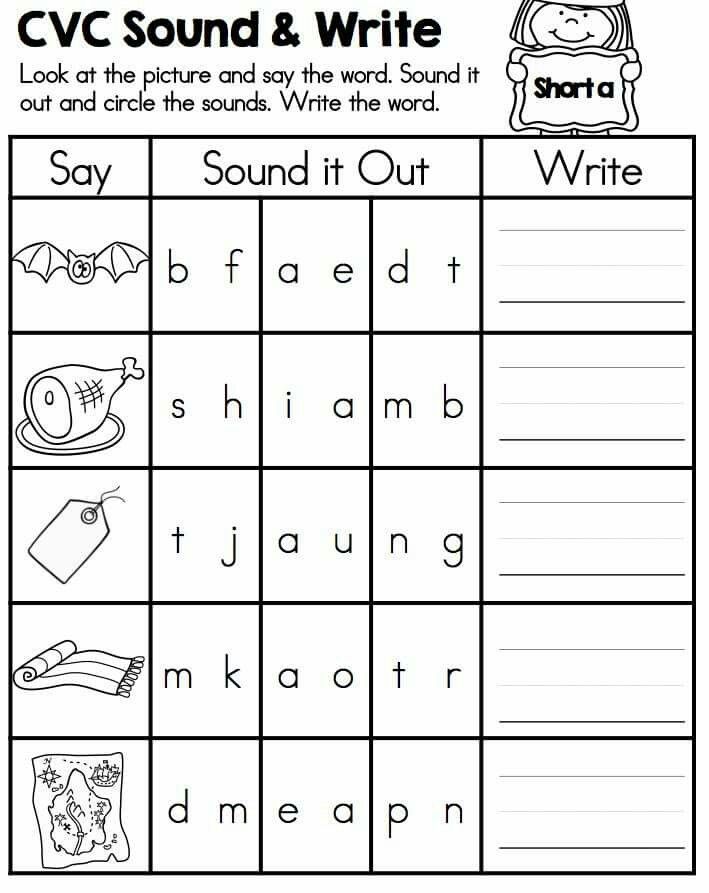 We drill our 2-year old over and over for minutes on end. Don’t buy into this…allow your kid to be a kid and take advantage of the “teachable moments” as they come along! Children’s minds are like sponges and are certainly capable of memorizing the alphabet from drilling, but that’s not the most effective method that will produce the best long-term results. Your child will be curious about the print he sees around him and will ask questions. That’s your chance to jump in with a practical application that actually has real meaning and significance to your child.
We drill our 2-year old over and over for minutes on end. Don’t buy into this…allow your kid to be a kid and take advantage of the “teachable moments” as they come along! Children’s minds are like sponges and are certainly capable of memorizing the alphabet from drilling, but that’s not the most effective method that will produce the best long-term results. Your child will be curious about the print he sees around him and will ask questions. That’s your chance to jump in with a practical application that actually has real meaning and significance to your child.
Don’t misunderstand me and think that I don’t think learning the alphabet is important. It is certainly important…but the method in which we teach them is even more important! Always keep in mind that our ultimate goal is to foster a lifelong learner who loves to read, not a child who has simply memorized without any significance.
5. Incorporate multiple domains of development
Children learn best when multiple senses or areas of development are included. That’s why hands-on learning produces longer retention and more meaningful application. Once your child has shown an interest in letters and you have already begun to utilize natural settings for identifying those letters, begin implementing activities that incorporate as many senses as possible. Keep in mind that learning letter names isn’t nearly as important as learning their sounds!
That’s why hands-on learning produces longer retention and more meaningful application. Once your child has shown an interest in letters and you have already begun to utilize natural settings for identifying those letters, begin implementing activities that incorporate as many senses as possible. Keep in mind that learning letter names isn’t nearly as important as learning their sounds!
There are a plethora of ways to incorporate multiple domains of development in regards to letter recognition and early-reading skills. Alphabet crafts allow your child to learn the shape of a letter along with an association of the sound it makes all the while utilizing fine motor skills in the process of cutting, gluing, and creating! Playing games that involve gross motor skills (like tossing beanbags on the appropriate letter) are also wonderful ways to include movement. Of course, every child loves songs and rhymes! Take an inventory of your child’s strengths and areas of interest and target activities to fit them!
6.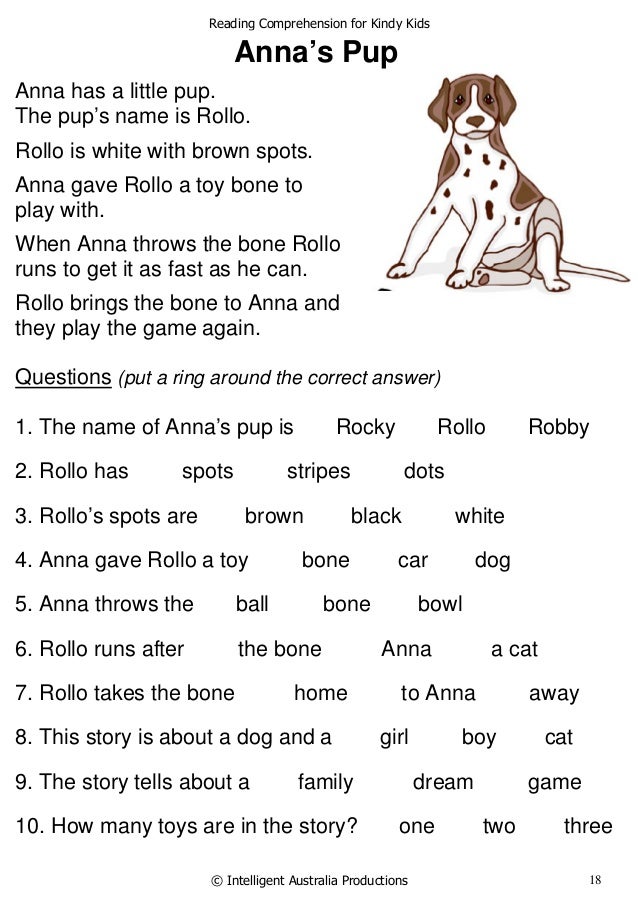 Classify the Genre
Classify the GenreOnce your child is around 5 and can recognize the difference between real and make-believe, I would suggest starting to help your child understand various genres of books during your reading time together. This might seem complicated, but it’s really not. There are around 5 different genres of children’s books that I would encourage you to point out to your little one. Of course you can use the term “type” rather than “genre” if that is easier to remember.
- Nonfiction (real stories or facts about animals, places, people, etc)
- Fantasy (make-believe, can’t happen in real life because of magic, talking animals, etc)
- Realistic Fiction (a made-up story, but it could technically happen in real life because the characters and situations arebelievable)
- Alphabet Books
- Song Books
When children classify a book into a certain genre, they have to first summarize the book in their head and recall details.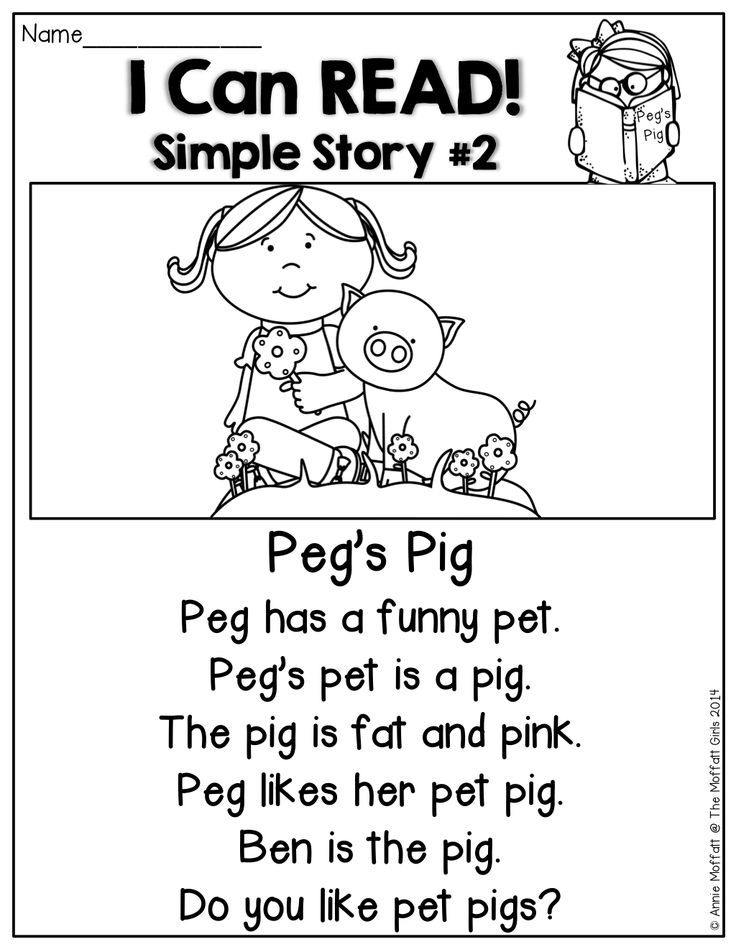 Then they have to use that information to decide which type of genre that particular books fits into. Finally, your child will be recalling details from other books in the same genre, making connections between the two. This simple activity that might take 5-10 seconds of your time after reading a book but it certainly packs a punch of thought and processing in that young brain!
Then they have to use that information to decide which type of genre that particular books fits into. Finally, your child will be recalling details from other books in the same genre, making connections between the two. This simple activity that might take 5-10 seconds of your time after reading a book but it certainly packs a punch of thought and processing in that young brain!
Also, it’s important to note that not all books will fit into one of these genres, especially books that are considered “phonics readers.” I would suggest that you do this exercise only with high-quality children’s literature, not with books that are attempting to get your child to “sound-out” on their own. Most picture books found in children’s libraries will fit into one of these genres.
Remember, our goal is for our children to learn to comprehend what they’re reading…otherwise reading will honestly do them little good. When we encourage our children to think about and process the book we’ve just read together, we are inadvertently modeling what we hope they’ll one day do independently!
7.
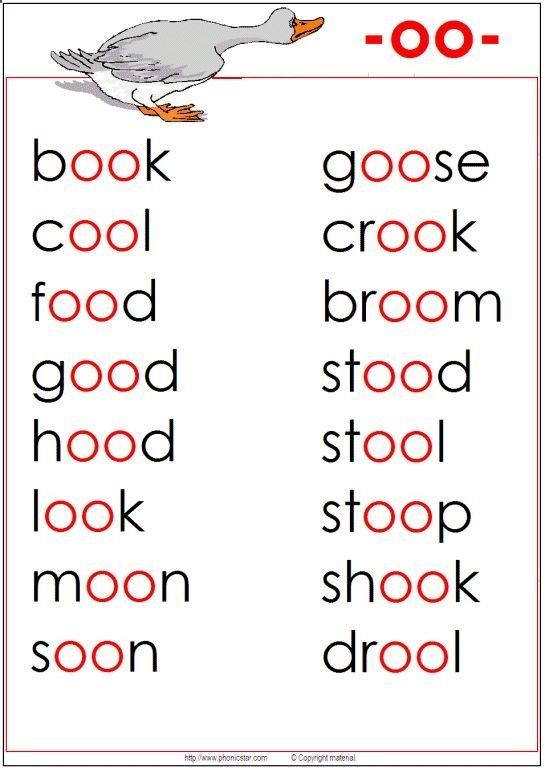 Focus on Phonemic Awareness and Phonics
Focus on Phonemic Awareness and Phonics“Phonemes” are the smallest sounds in the English language (go here for a complete list of phonemes). These sounds are made up of consonants, short vowels, long vowels, and digraphs. “Phonemic Awareness” consists of learning those sounds and how to manipulate them within a word. Digraphs are unique sounds comprised of individual letters like /th/, /sh/, /ch/, etc.
“Phonics” includes learning how to spell those sounds and the various rules that the English language follows. Learning the rules of phonics is an essential tool that helps a child learn to decode and spell. I used the Pathways To Reading program in the classroom as my phonemic awareness and phonics program and loved it! It made learning all of the tricky spellings so much fun! Pathways now has a homeschool version, which is amazing!
9. Decoding
Decoding is often referred to as “sounding it out.” Once your child knows the sounds each letter makes (which is taught in real, meaningful situations), she is ready to begin putting words together. Decoding is a process that requires strong phonemic awareness skills and gives way to orthographic mapping, the process by which words are stored as “sight words” in long-term memory.
Decoding is a process that requires strong phonemic awareness skills and gives way to orthographic mapping, the process by which words are stored as “sight words” in long-term memory.
As children decode words with more frequency, they will become more proficient at automatically identifying that word. Researchers say it can take between 1-4 exposures of decoding before a word is transferred to long-term memory for automatic retrieval. Sometimes this task is tedious, and can’t be short-changed, so it’s important to find creative ways to make it fun. When I taught first grade, I used to buy little finger puppets that my students could use to point to the letters as they were decoding. This was a huge hit and made this process so much fun!
| Find these finger puppets and more at Oriental Trading |
10. Use a reading program with explicit, systematic instruction once he/she is in kindergarten and beyond
Most of the skills up to this point are what I would consider “pre-reader” skills that we, as parents, can work on during our child’s earliest years to make the process of learning to read much easier for our children.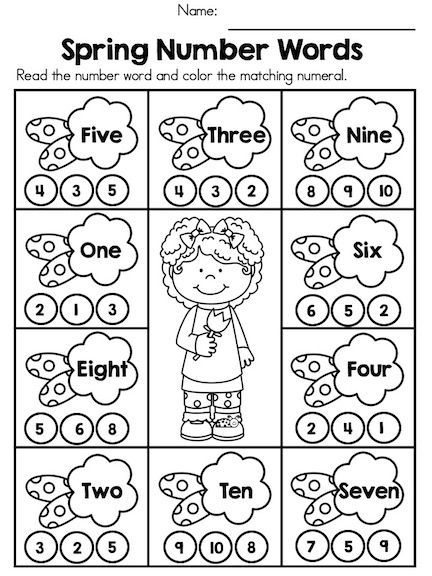 Once your child reaches school-age, be sure that you are using a program rooted in the science of reading, with explicit and systematic instruction in both phonemic awareness and phonics. If your child is headed to school, ask to look over the curriculum to ensure it is strong in these areas specifically. Some children will naturally learn the phonetic code more easily than others, as Nancy Young’s Reading Ladder suggests, but ALL children benefit from early code-based instruction.
Once your child reaches school-age, be sure that you are using a program rooted in the science of reading, with explicit and systematic instruction in both phonemic awareness and phonics. If your child is headed to school, ask to look over the curriculum to ensure it is strong in these areas specifically. Some children will naturally learn the phonetic code more easily than others, as Nancy Young’s Reading Ladder suggests, but ALL children benefit from early code-based instruction.
There is no better foundational reading program, in my opinion, than Pathways to Reading. The original curriculum has been used in classrooms and clinical settings for the last 20 years. The program has been involved in numerous research studies, showing statistically significant results. Pathways to Reading Homeschool now offers their groundbreaking curriculum for home educators, starting with Basic Foundational Reading (which is the equivalent of kindergarten-age instruction).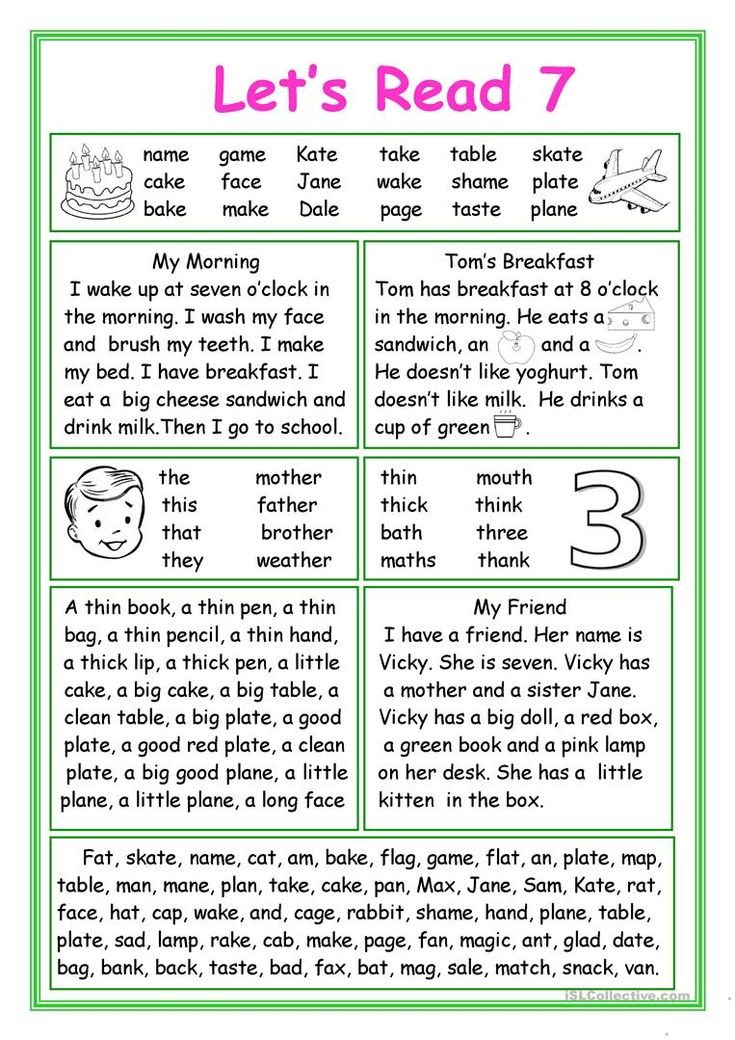 All 5 areas of reading instruction, as identified by the National Reading Panel, are incorporated: Phonemic Awareness, Phonics, Vocabulary, Fluency, and Reading Comprehension. This is such an incredible resource for families and I can’t recommend it highly enough!
All 5 areas of reading instruction, as identified by the National Reading Panel, are incorporated: Phonemic Awareness, Phonics, Vocabulary, Fluency, and Reading Comprehension. This is such an incredible resource for families and I can’t recommend it highly enough!
Learning To Read is a Journey
In summary, here are some practical suggestions you can implement every day based on the learning to read strategies shared with you in this post. Obviously, you can’t implement all of these suggestions with children of all ages, so use your judgement about what is the best way to teach a child to read.
- Read to your child every day!
- Ask your child questions before, during, and after reading.
- Let your child see you reading.
- Look for letters while out and about and in the environment around you.
- When teaching letters and letter sounds, incorporate as many senses as possible.
- Read a variety of books and make a game out of guessing the genre.
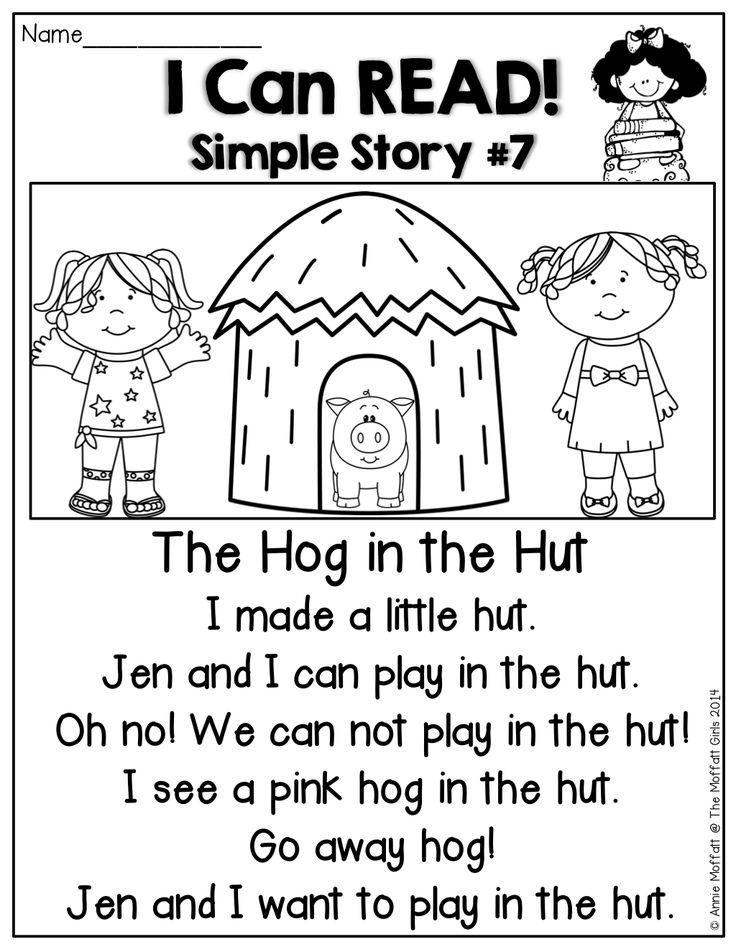
- Have fun rhyming
- Play these oral phonemic awareness games together (no materials required)
- Encourage your child to sound out short words (consonant, vowel, consonant).
- Most of all, have fun together!
Learn to Read on the App Store
Description
**NEW** From the company already helping over 75 MILLION students and 1.7 MILLION educators worldwide!
Teach your child how to read! Ages 4-7.
Reading.com is a fun, co-play experience designed by education experts for you to teach your child to read — with the love, care, and joy only a parent and child can share.
RESEARCH-BACKED
No cape? No problem. Our program gives you supercharged superparent powers!
Reading.com’s research-backed, phonics-based lessons are fully scripted so they don’t require any special training or knowledge for you to become the most powerful teacher your child will ever have.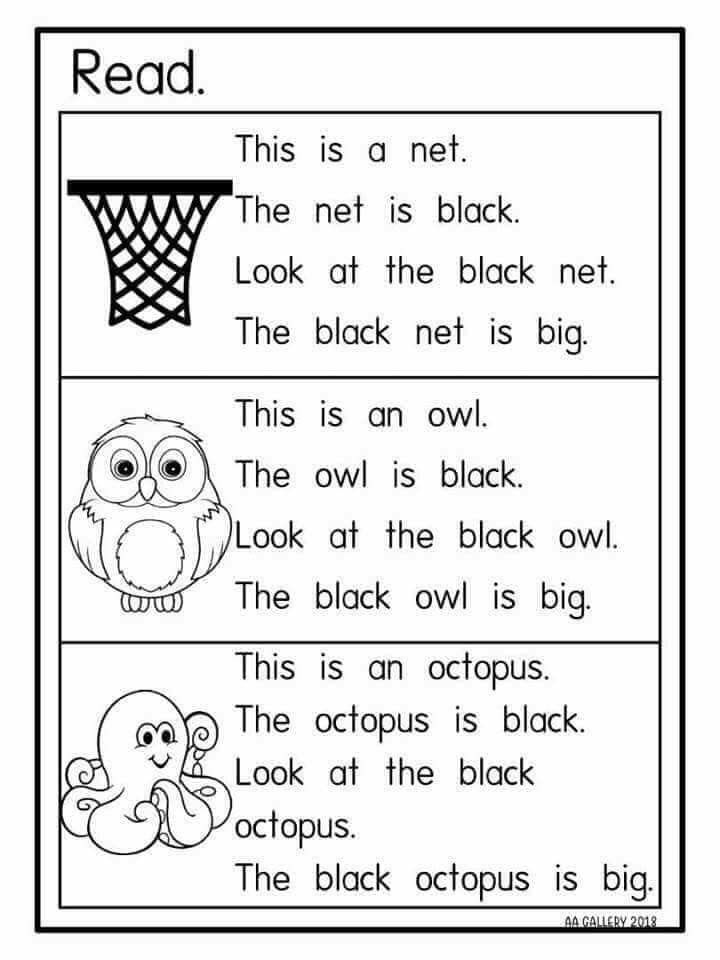
FROM LETTER RECOGNITION TO CONFIDENT READING
As your child masters more letters, sounds, and words, they'll unlock a playful world of reading activities including interactive storybooks, videos, digital games, and printable activities.
THE MOST MEANINGFUL (TEAM)WORK OF YOUR LIFE
Each lesson takes just 15 - 20 minutes to complete and they’re designed for you and your child to go at your own pace.
Lessons cover letters, letter blends, long vowel sounds, and digraphs, taking your child from basic alphabetic knowledge to reading at a late 1st grade level.
This is the easiest head start you’ll ever give your child!
KEY FEATURES
- 99 step-by-step phonics lessons for a grownup & child to do together
- 60 interactive, decodable, digital storybooks
- 42 videos featuring letters, letter sounds, and an exclusive alphabet song
- 3 expertly-designed reading games for independent play that practice skills in: letter recognition, letter-phoneme correlation, beginning sounds, vocabulary, letter-writing, spelling
- Access to printable games & activities for fun offline reinforcement
- One subscription for the whole family with up to 3 profiles
- Ad-free
Download the app today, help your child learn to read and join other parents raising readers!
Privacy Policy: https://www.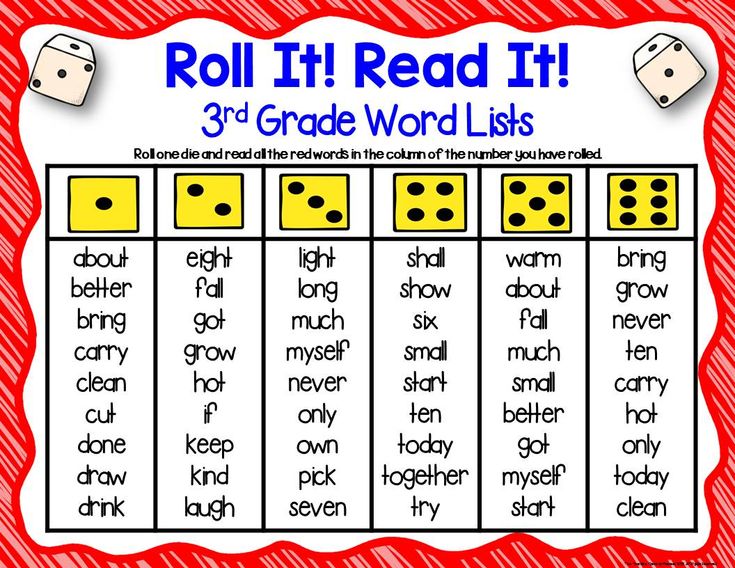 reading.com/privacy-policy/
reading.com/privacy-policy/
Terms and Conditions: https://www.apple.com/legal/internet-services/itunes/dev/stdeula/
Version 4.0
This version features a complete overhaul of backend systems allow for user progress to be synced across devices.
Ratings and Reviews
448 Ratings
Finally! Perfect Reading App for homeschool families!
My preschooler asks me every afternoon if we can do our reading lesson and my 6 year old genuinely loves reading books—and does so on his own! I can’t say any of that would have been easy or even possible without this phonics app. After tons of research and talking with friends in elementary education, I know the methods of the app’s curriculum are sound.
The lessons are easy to execute and my kids started showing progress in only a couple weeks. Plus, it gives us something enjoyable to do together that I don’t have to personally plan out ahead of time. It’s helped us build a lot of our family time around learning and reading. As a homeschool mom of three, I couldn’t be more thrilled to have found this app!
We are so glad that you appreciate our co-play design! Studies show that children are 19 times more likely to learn from educational apps when guided and encouraged by an adult. Reading.com's co-play experience was designed to maximize a child's learning capabilities while using our reading program.
This app is the simple guidance that I needed
This app easily guides me through the steps of teaching my child to read! I don’t have to worry about preparing or knowing when to teach the next concept as this app provides parent instruction before playing the activity with my daughter.
I love how the lessons build on each other, preparing her for more difficult activities as we move forward on the map.
Thank you for your review! We are glad to hear that you feel equipped to teach reading with Reading.com!
No way to progress quickly for more advanced kids
My daughter is halfway through kindergarten and already knows her letter sounds, can sound words out, and is reading short sentences. She knows a list of 20+ sight words already. I downloaded this app and realized they make you start at the beginning with no real way to skip the basics. This app is of no use for a least a month for my daughter it seems, as it only lets you do 1 lesson a day, learning a new letter each day (which she already knows). It says learn at your own pace but that only means as slow as you want, not as quick as you want.
My daughter had fun doing the first lesson but quickly got bored when it was too easy for her. Thank god for the free trial - I will be canceling and deleting the app. Seems like a great way to learn, but more for beginners or those having trouble.
Hello, thanks for your honest feedback. We're working on a placement assessment to place children in the right lesson according to their skills. This update will be implemented very soon. In the meantime, you can tap the "unlock" slider at the top right of a locked lesson to override the one-lesson-per-day feature. Lesson difficulty ramps up quickly, and your child will be reading their first book with you by lesson 10.
Events
The developer, Teaching.com, indicated that the app’s privacy practices may include handling of data as described below. For more information, see the developer’s privacy policy.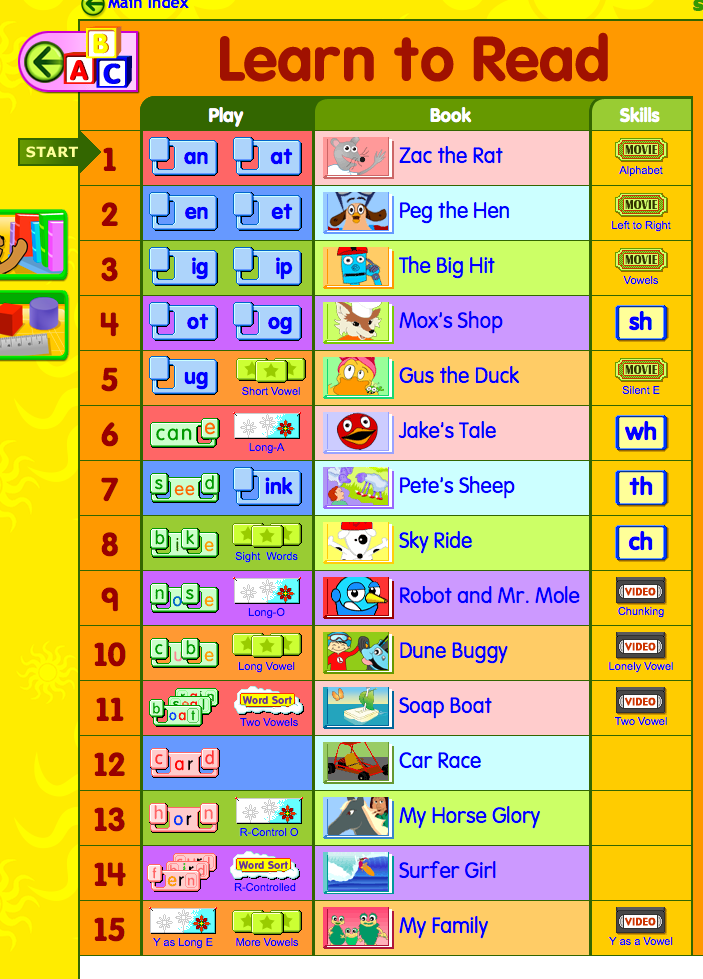
Data Linked to You
The following data may be collected and linked to your identity:
- Contact Info
- Identifiers
- Usage Data
- Diagnostics
Privacy practices may vary, for example, based on the features you use or your age. Learn More
Information
- Seller
- TTW Innovations LLC
- Size
- 196.3 MB
- Category
- Education
- Age Rating
- 4+, Made for Ages 0–5
- Copyright
- © 2022 Reading.com LLC
- Price
- Free
- Developer Website
- App Support
- Privacy Policy
Supports
More By This Developer
You Might Also Like
What to do if the child does not want to learn to read: 3 tips
– I have been studying with the child for a long time, why doesn't he read?
- My reluctantly takes up a book, is capricious, looking for an excuse to evade.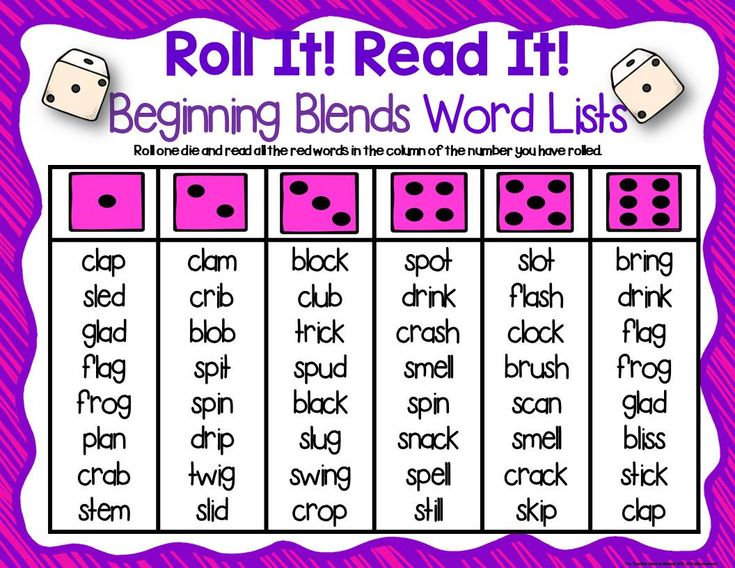
- I have been studying with my daughter for several months, we go to school, but she still does not read and does not want to study.– I have been studying with my child for a long time, why doesn't he read?
- My reluctantly takes up a book, is capricious, looking for an excuse to evade.
- I have been studying with my daughter for several months, we go to school preparation, but she still does not read and does not want to study.
Despite the amazing opportunities that modern technology provides for education, parents often face a child's reluctance to study. But most of all it surprises in preschoolers 5-6 years old. - Where did it come from? After all, these are children, and they should be interested in everything new!
Schoolchildren's unwillingness to learn is, alas, a common symptom. In their case, the cause can be sought both within the family and outside: relationships with teachers at school, with classmates.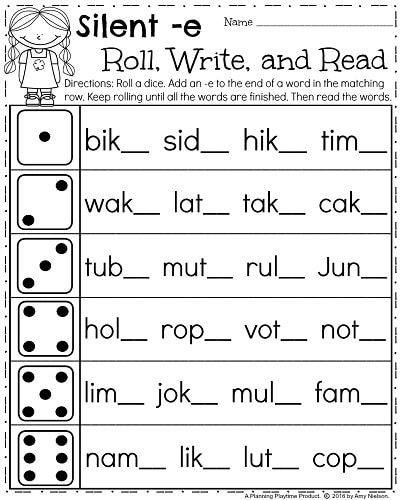 In the case of preschoolers, there is only one reason - some mistake of parents in organizing classes, in relation to them.
In the case of preschoolers, there is only one reason - some mistake of parents in organizing classes, in relation to them.
Reading is a fun app for teaching children aged 3-7 to read
A colorful journey into the world of a fairy tale will allow your child to immerse themselves in the study of letters and syllables. Learning to read will no longer be a boring, routine task and will become a fun adventure to save the Magic Land. The game is based on the method of Zaitsev's cubes
In this article we will highlight 3 reasons why a child does not want to learn to read, and also offer 3 solutions. Pay attention to them, and your child's progress in learning will become more noticeable.
Why do we teach preschoolers to read?
If you open the school ABC, it will become clear to you that it was written for a child who is already reading. Gradually and imperceptibly, our children were no longer taught to read at school. For better or worse, the reasons why this happened are topics for a separate article.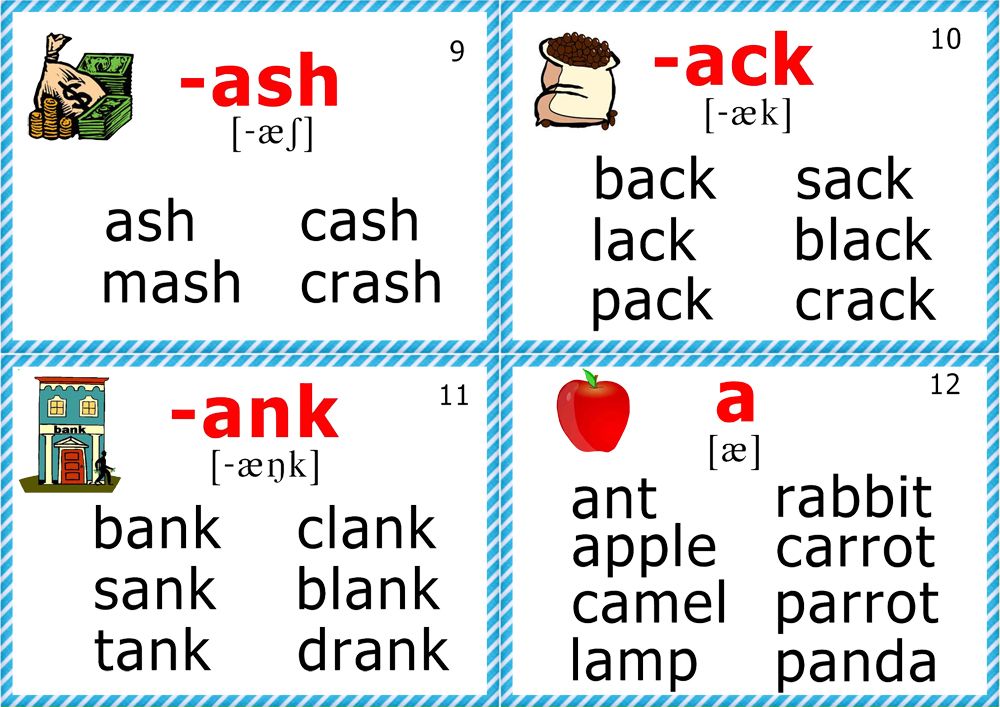 So we take it as a fact - the responsibility to teach the child to read and send it to school as a reader lies with the parents.
So we take it as a fact - the responsibility to teach the child to read and send it to school as a reader lies with the parents.
Therefore, parents not only teach their children to read, but try to succeed in it. They are worried that if the child does not read well, then while the whole class will read the text and answer questions, their child will have difficulty connecting letters into words. This will lead to a backlog in other subjects.
From lagging behind to unsuccessful, and then to unsuccessful - no one wants such a development for a child. Therefore, parents try to prepare their children for school in advance, to prepare well.
To have more time and energy to adapt to new school realities. To make the child feel more confident, bolder, smarter. These are the correct and necessary arguments of loving parents. But what about children?
And with such an approach, they say that they are bored, incomprehensible, uninteresting.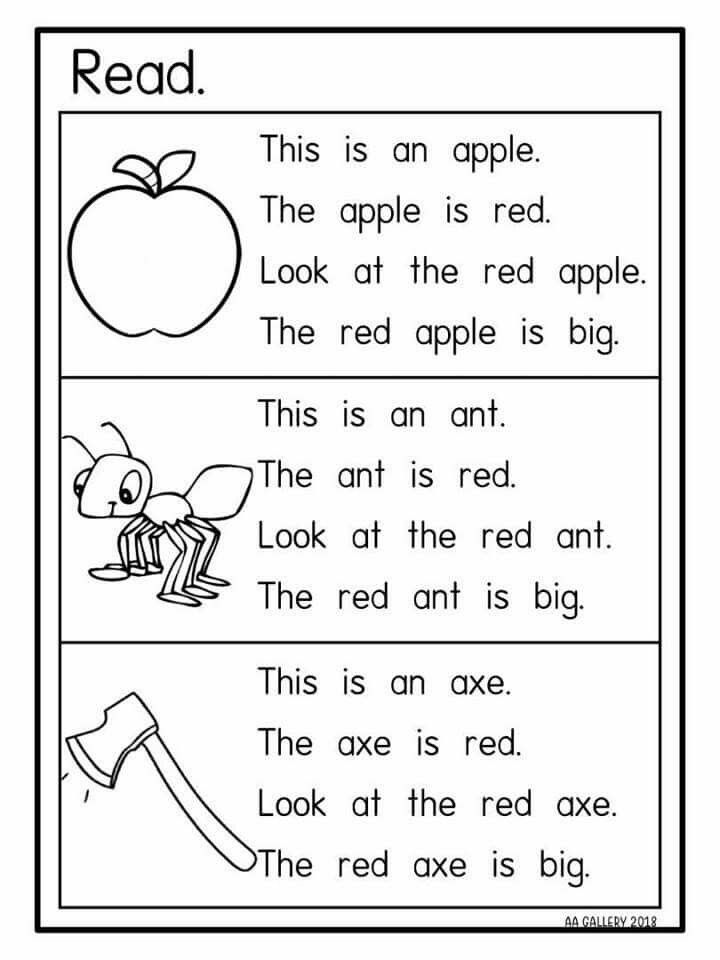 .. They begin to evade, avoid classes. They whimper, they whine. Parents force, insist, try to interest and sooner or later achieve results - the child goes to school as a reader.
.. They begin to evade, avoid classes. They whimper, they whine. Parents force, insist, try to interest and sooner or later achieve results - the child goes to school as a reader.
Reason #1: Parents are chasing results and don't involve their child in the process
Adults require a result from a child - to be able to read fluently, to master the technique of reading. But they are not interested in the process itself (“I read because it is interesting”). In this case, the child will also be focused on the result over time (“I will read as much as you say, what you say and leave me alone”). For a child, reading becomes undesirable and even painful.
Thus, most parents strive to teach their child to read in order to prepare him for school, and formulate their task something like this:
“I teach a child to read so that in the first grade he feels no worse than others. To make it easier to adapt, get used to school, so that at first it would be easier for him to study.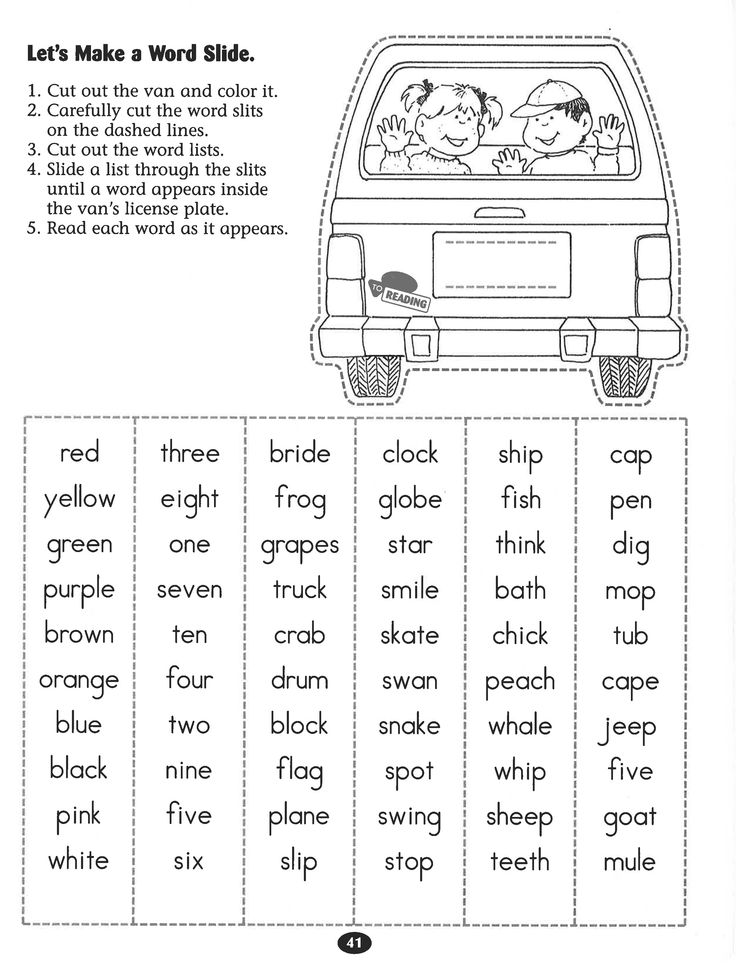
At the same time, parents see the goal of learning to read as follows: the child knows letters, combines them into syllables, perceives the whole word, reads sentences. As a rule, having achieved this result, parents stop. They often stop when the child has gone to school, considering his task completed.
But there is a second part of the “why am I teaching my child to read” problem that parents usually overlook. This is a long-term goal, the result of which is so far away that it can be overlooked. Here she is:
“I teach a child to read so that he loves reading”
A child who loves reading will read a lot and with interest, will learn much easier and faster to extract information from texts, understand different texts - artistic, scientific, informational, be able to analyze them, highlight the main thing.
Not noticing the second problem in learning to read is the same as not seeing the forest for the trees.
Therefore, in addition to achieving an immediate result, it is important to make sure that the very process of learning and reading gives the child pleasure. You read interesting books together (for preschoolers and elementary school), then the child begins to read books on his own, you help the child choose books according to age and interests, and discuss what he has read. Build an interest in reading before school, and support it in elementary and middle school.
Solution 1: Switch to process. Remove controls and checks. Don't try to make sure that the child has learned, understood something in the technique of reading - all this is the desire to fix the result, the emphasis on which is now harmful for you and your child. Read books that are interesting to both of you as much as possible with your child, discuss them. The child should feel that reading is interesting.
Tatyana Chernigovskaya, a highly qualified specialist and scientist, talks about how to properly prepare a child for reading, so that he not only learns to read, but loves books with all his heart.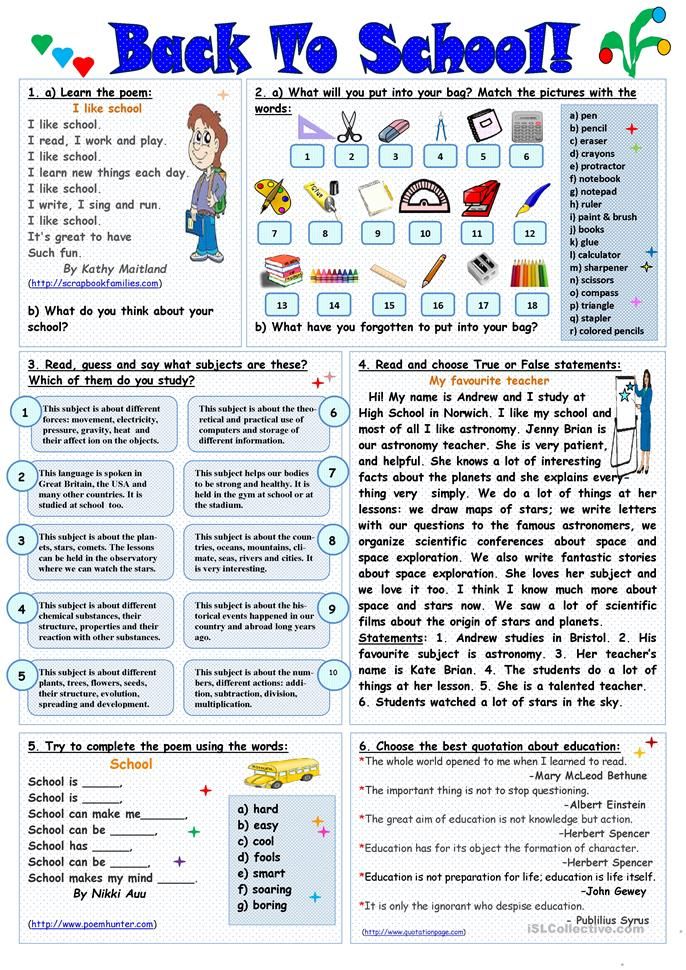
Reason #2: Adults underestimate the complexity of learning this task begins to seem to the child even more difficult than it really is. It is not surprising that the child begins to avoid learning to read, and then to read in general.
You learned to read a long time ago and most likely do not remember what difficulties you had in learning to read. You think learning to read is easy. And it's hard for a child. With their misunderstanding, skeptical attitude (“Yes, no one taught me at all, I learned it myself!”) Or pressure (“it’s time to read, soon to school!”) you unconsciously devalue the efforts of the child, thereby demotivating him and creating an attitude towards reading as something overwhelming and unpleasant. It is not surprising that subconsciously the child begins not want to learn to read and says: “boring, uninteresting, I don’t want to.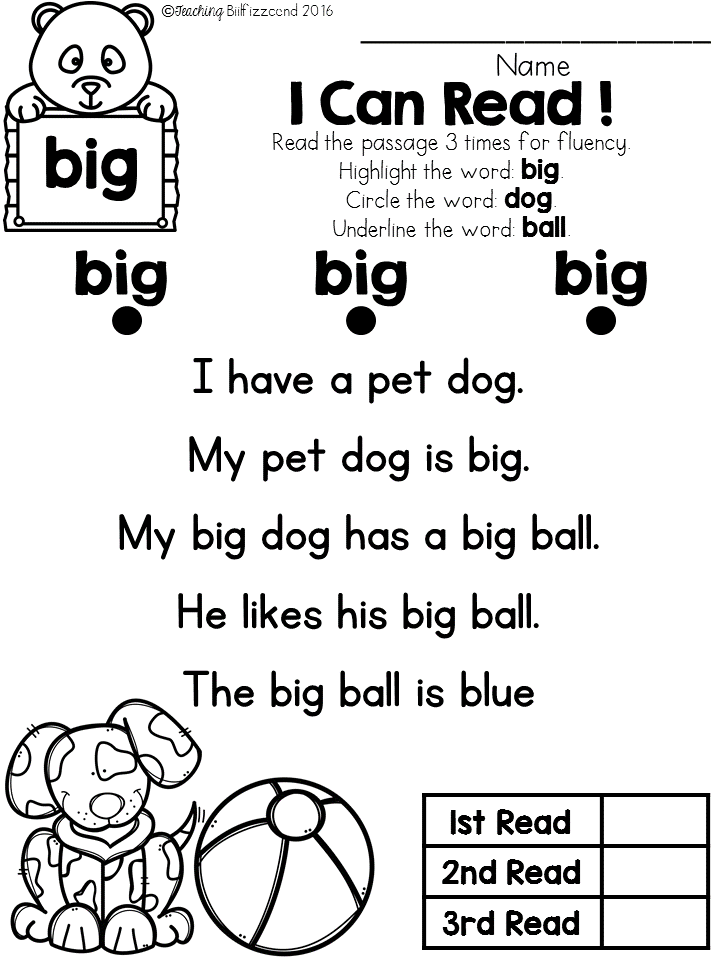 ” Science, by the way, confirms that learning to read is not easy. The scientists came to the conclusion that
” Science, by the way, confirms that learning to read is not easy. The scientists came to the conclusion that
learning to read is a complex cognitive process associated with the organization of memory, attention, and image manipulation. Transforming them into a verbal-logical form and vice versa, decoding symbols (in the process of reading) into images, recognizing and manipulating them. Difficult, because different parts of the brain encode different information. The reading process involves departments that are responsible for processing sound and visual images, speech centers, short-term and long-term memory. There are about 17 areas of the brain in total. Each is responsible for its own area: one is for visual perception, the other correlates sounds and letters, the third recognizes the meaning of what is read.
T.V. Chernigovskaya, Doctor of Biological Sciences, neurolinguist
The rate of reading acquisition in children is determined by the rate of maturation of brain regions.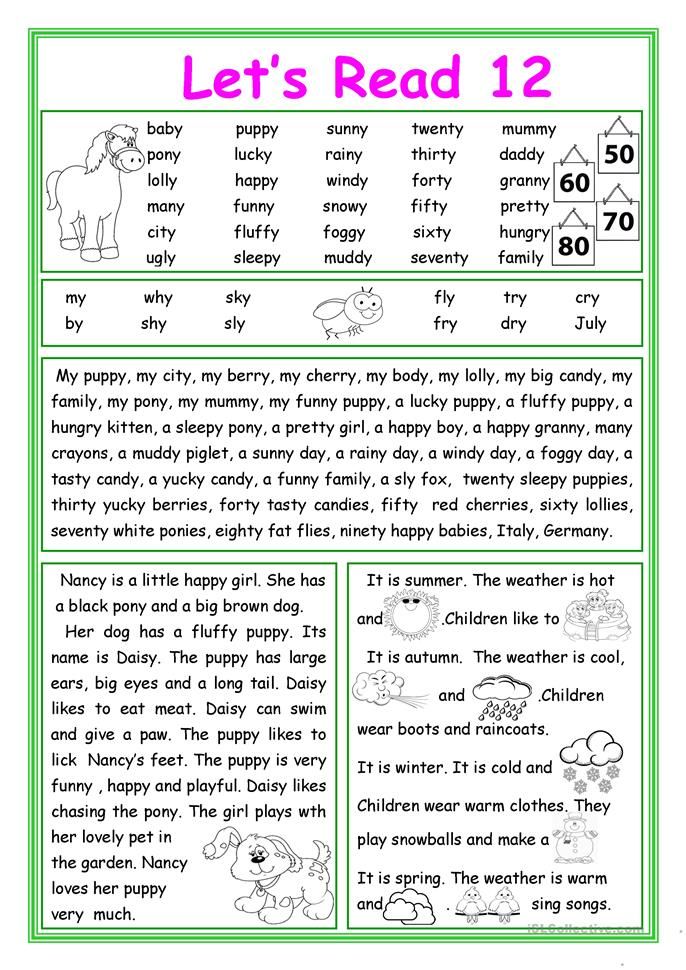 This maturation occurs unevenly (heterochronously). Such uneven development is the norm for a child. As on a fruit tree, all the flowers do not bloom and all the fruits do not ripen at the same time.
This maturation occurs unevenly (heterochronously). Such uneven development is the norm for a child. As on a fruit tree, all the flowers do not bloom and all the fruits do not ripen at the same time.
Heterochrony of development partly explains the fact that often children in a certain period know the letters and they cannot or cannot read words to combine them into syllables - everything has its time. Just be flexible and be sympathetic to these temporary difficulties.
It is also worth adding that in addition to the heterochronous development of brain regions, which is relevant for everyone, Your child may have their own learning curve. To be equal to other children, to the opinion of specialists, of course, it is necessary, but do not attach too much importance to this. It will be right not to drive your child into someone else's framework, and notice, find its strengths and weaknesses. And in the future to use them for study, to reveal its development potential.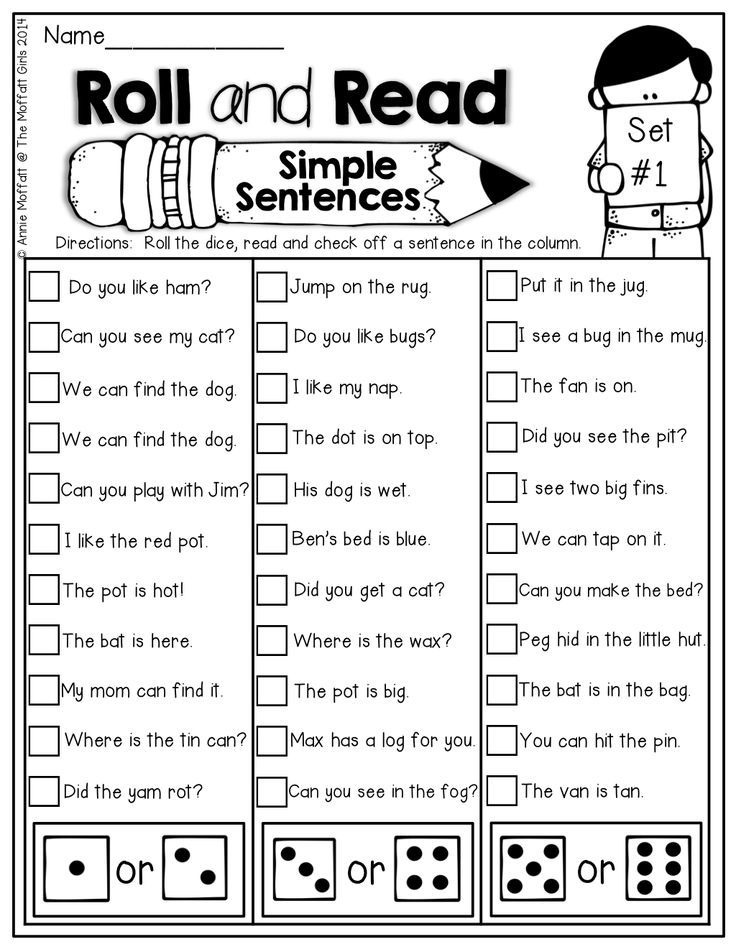
Solution 2 Be patient. Support the child. Instead of stressing that learning to read is easy, focus on that you believe and have no doubt that he will learn to read. Rejoice in every achievement.
If the child fails to learn to read quickly, if he has difficulties, do not discuss with relatives, especially in front of the child. After all, he hears everything and subconsciously adjusts to the ideas of his loved ones - mom and dad. Believe in the potential of the child and this belief will transform him amazingly, and your relationship will only benefit. whenever it seems to you that “he should have read a long time ago”, “I myself learned at his age ...”, remember the complexity of the task and the physiological conditions of the child's readiness. Switch to the process - and engage with your child for your pleasure. Yes, yes, just for fun. You should also be interested in activities with the child.
Be able to see the value for yourself in these activities! How? Look at your classes from a different angle.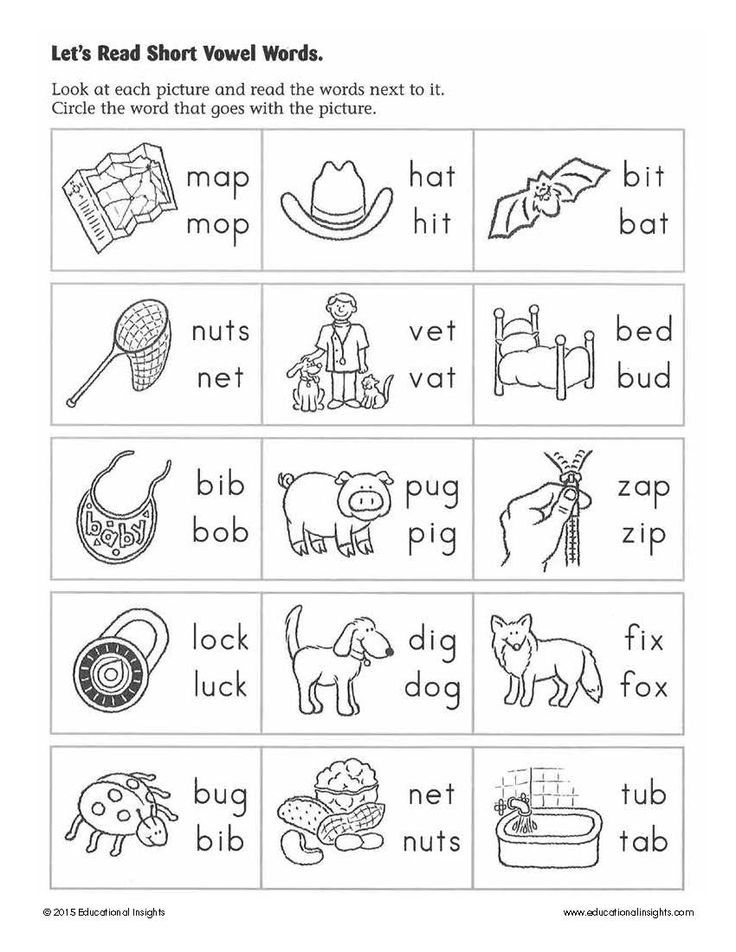 Your child is learning a difficult reading skill... But at this moment you are mastering an equally complex skill: you are learning to understand its capabilities and not to rush. This skill will be needed in the school period, and in adulthood. Observe the child, learn his features, overcome the first educational difficulties with him. So in a sense, you and your child have the same goal.
Your child is learning a difficult reading skill... But at this moment you are mastering an equally complex skill: you are learning to understand its capabilities and not to rush. This skill will be needed in the school period, and in adulthood. Observe the child, learn his features, overcome the first educational difficulties with him. So in a sense, you and your child have the same goal.
Reason #3: The chosen method is not suitable for your child
An inappropriate teaching method that does not correspond to age characteristics will greatly slow down the process of learning to read. We are far from opposing sound and warehouse methods. A lot of literature has been written in defense of each of them. But if you notice that the child's problems in relation to reading are connected precisely with a misunderstanding of what you are explaining to him, it is likely that that you are facing this problem.
Read about the difference in methods of teaching reading in our article "How to teach a child to read".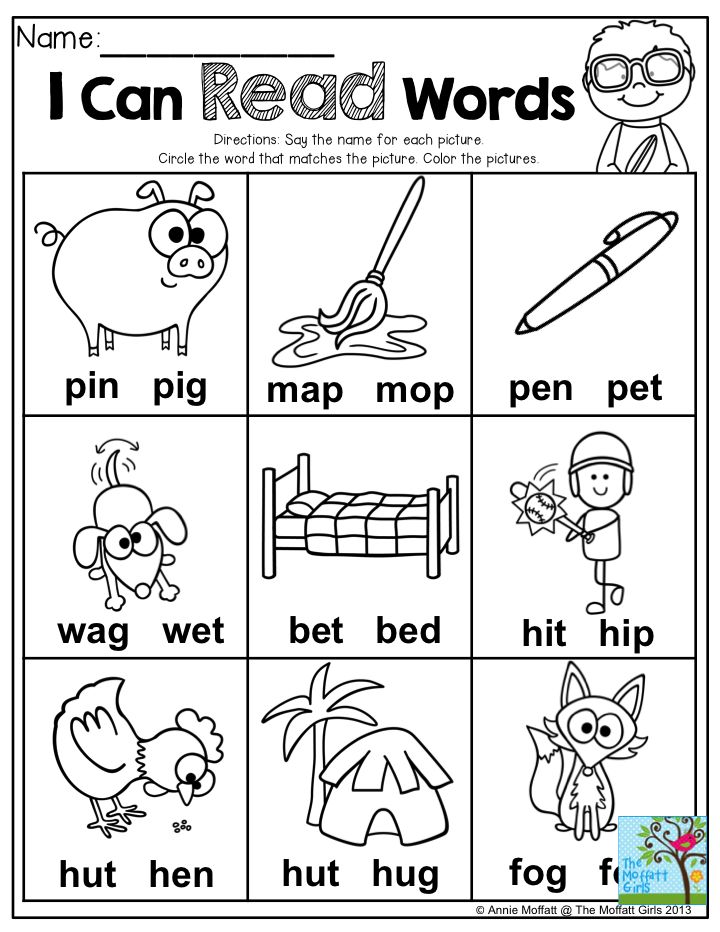 Here I will briefly say that the most common are two principles of teaching children to read: storage and sound. In addition to them, there are learning to read in whole words and other approaches, but here we will focus only on these two.
Here I will briefly say that the most common are two principles of teaching children to read: storage and sound. In addition to them, there are learning to read in whole words and other approaches, but here we will focus only on these two.
Russian people have been taught to read since antiquity. Gradually, the warehouse method became simpler. A warehouse is 1 or 2 letters (a consonant plus a vowel). This is how the words divided into warehouses will look like: s-to-l, ka-r-ti-na, a-r-bu-z, se-m-i.
- Skladovoi method in teaching children was used by L.N. Tolstoy, later this method was finalized in the 90s by the philologist N.A. He arranged warehouses in the table and on the faces of the cubes (Zaitsev's cubes). All warehouses are known, the child looks, writes, plays and gradually remembers them. Such training is suitable for younger preschoolers: the warehouse is perceived, remembered and pronounced by the child as a whole. When pronouncing warehouses in sequence, the whole word is obtained.

- The sound (phonetic) method of teaching reading was borrowed by the Russian nobility in the second half of the 19th century from the German language. In it, each letter (more precisely, the sound) is strung like beads on a string to each other. This method was taken as a basis, developed and modified by Soviet pedagogy. If you send your child to prepare for school in a school, they will teach him in this way. With this approach, individual letters (sounds) are memorized, with the help of which the child learns to compose and parse words.
To learn to read by the sound method, the child must grow up. Analytical-synthetic functions of the brain necessary for teaching a child by this method (analyze the word, decompose it into sounds and synthesize them back into a word) arise in a child after 6-7 years. So it is only natural that children may have difficulty with this.
In addition, it is important for preschool children to play. The game is their age feature. It is important not to deprive the child of this need for the sake of classes.
The game is their age feature. It is important not to deprive the child of this need for the sake of classes.
Solution 3 Take a break from classes for 1-2 weeks, and then try another method, other aids. Embed your activities into the game, or vice versa - the game into the activities. Imagine, invent, try.
Reading - a fun app for teaching children aged 3-7 to read
A colorful journey into the world of a fairy tale will allow your child to immerse themselves in the study of letters and syllables. Learning to read will no longer be a boring, routine task and will become a fun adventure to save the Magic Land. The game is based on Zaitsev's cube technique.
Conclusions
- Emphasize process in learning. Be aware that learning to read can take time. Let other parents brag about “how their child quickly learned to read,” and your task is to learn to understand your child, notice its strengths and weaknesses.
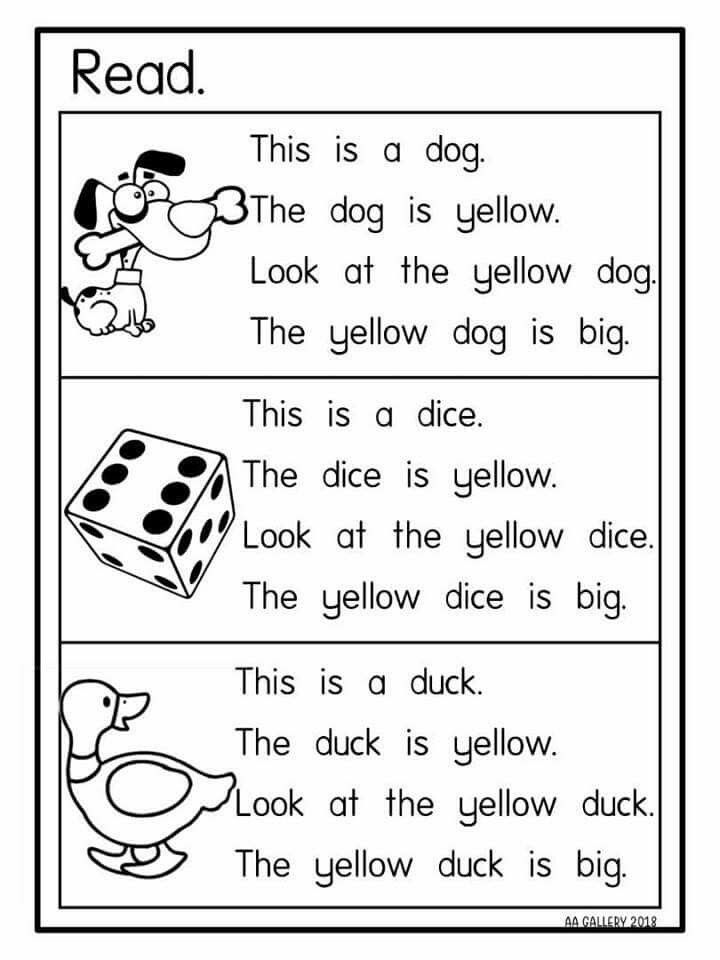 Share the fun of mastering this first difficult learning skill (the child learns to read and you learn to teach the child). The main thing is that every time you sit down to study, remember: you are not teaching a child to read, you are teaching him to love reading. From this simple installation, everything you do will change.
Share the fun of mastering this first difficult learning skill (the child learns to read and you learn to teach the child). The main thing is that every time you sit down to study, remember: you are not teaching a child to read, you are teaching him to love reading. From this simple installation, everything you do will change. - Be patient. Support the child. Instead of stressing that learning to read is easy, focus on that you believe and have no doubt that he will learn to read. Rejoice in every achievement.
- Choose the method of teaching reading, as well as the degree of play presentation of the material in accordance with the age of the child. If something does not work out, take a break from classes and try other methods.
It is important not only to teach a child to read, but also to instill in him a love of reading. In the video, the author of the project on education and upbringing of children, Nadezhda Papudoglo, talks about how not to discourage a child's love of books and how to help him fall in love with reading.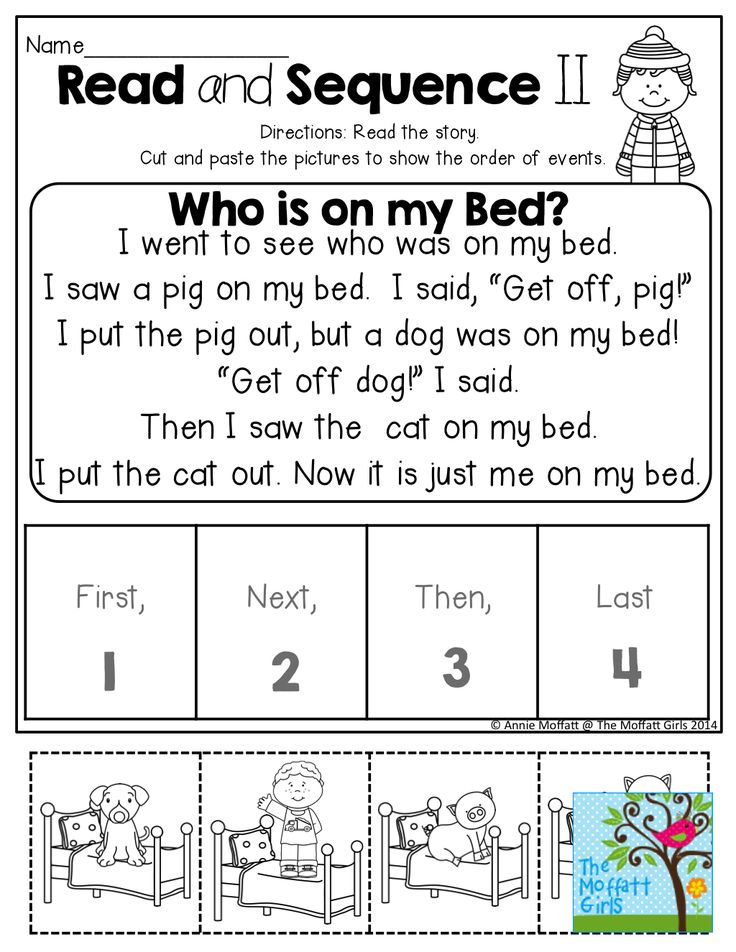
In all incomprehensible cases, the game for learning to read READING will help you, which was created for the child to play and learn to read by himself, moving forward with interest and desire.
Successful teaching practices with children!
Natalia Sosnina
Co-author and methodologist of the Readings educational application. Since 2016, together with her husband and children, they have been developing a game to make learning to read interesting and understandable. The application is based on N.A. Zaitsev. In her free time she likes to spend time with her family and travel.
Learn more about Natalia on VK, Instagram and the Readings YouTube channel.
Our other articles
- How to teach a child to read
- Whole word reading method
- Nikolai Zaitsev's technique
- Maria Montessori Method
- The child has learned and repeats bad words, how to behave?
- When to start teaching a child to read
- A preschooler does not want to learn to read.
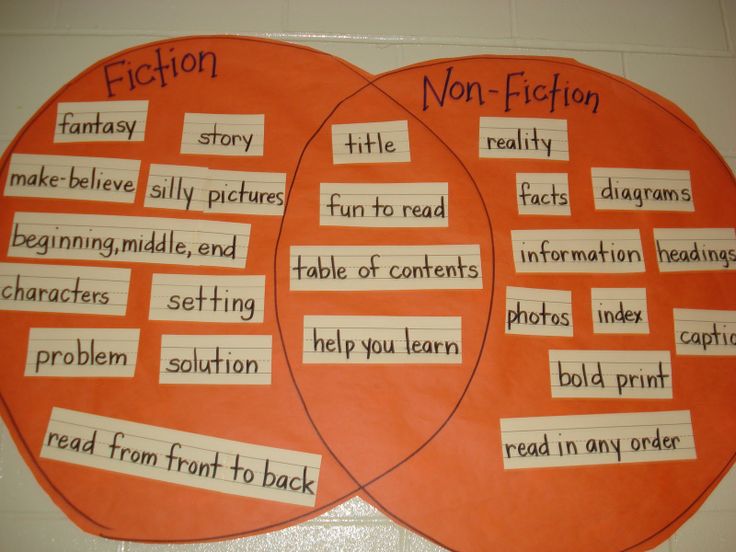 What to do?
What to do? - What is the most important and difficult thing in preparing for school?
- Development of spatial thinking of a child
- 5 Best Practices for Teaching Reading to Preschoolers
- 3 Best Alphabet Learning Games
- Learning the alphabet for children in a playful way
Read online "Learning to learn" by Igor MAGNUS - Litres
From the author
Many of us during our studies, no matter where, and in what industry, faced with very useless knowledge and disciplines. Almost everyone claimed that a given school lesson, or some kind of knowledge, would never be useful to him, it was useless, it was a waste of time. It seemed that some disciplines at the university did not cling to my specialty in any way. However, is it really so? And why are we so sure that we will not apply the acquired knowledge anywhere?
In this book I will try to explain as clearly as possible why we need all the infinite amount of knowledge, skills, disciplines.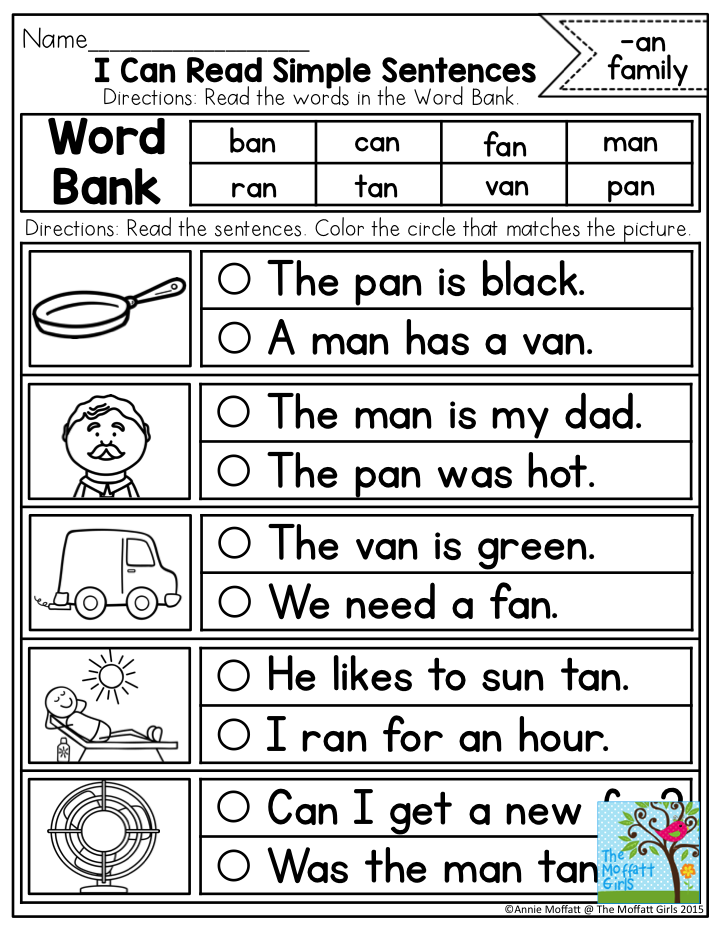 The book will be with a strong emphasis on the university curriculum, and I will also use the school curriculum whenever possible.
The book will be with a strong emphasis on the university curriculum, and I will also use the school curriculum whenever possible.
I will also try to describe some examples from my life, how I studied, what techniques and where I applied, how to find a way out of different situations.
Chapter 1 Implementation
When I entered the university, the subjects from the school curriculum that remained in my program caused me a lot of questions. Over time, these questions disappeared - however, only because of the high workload. But now I understand why a freshman needed school subjects. I will take the responsibility to clarify this.
The modern system of compulsory education has its roots not so far, at the beginning of the modern era. And the very idea of compulsory education was first proposed by Plato. Austria was the first to pass a law on compulsory education in 1774. It was followed by all the other countries of Europe, and then the whole world. What was the reason for this reform? The answer is quite simple.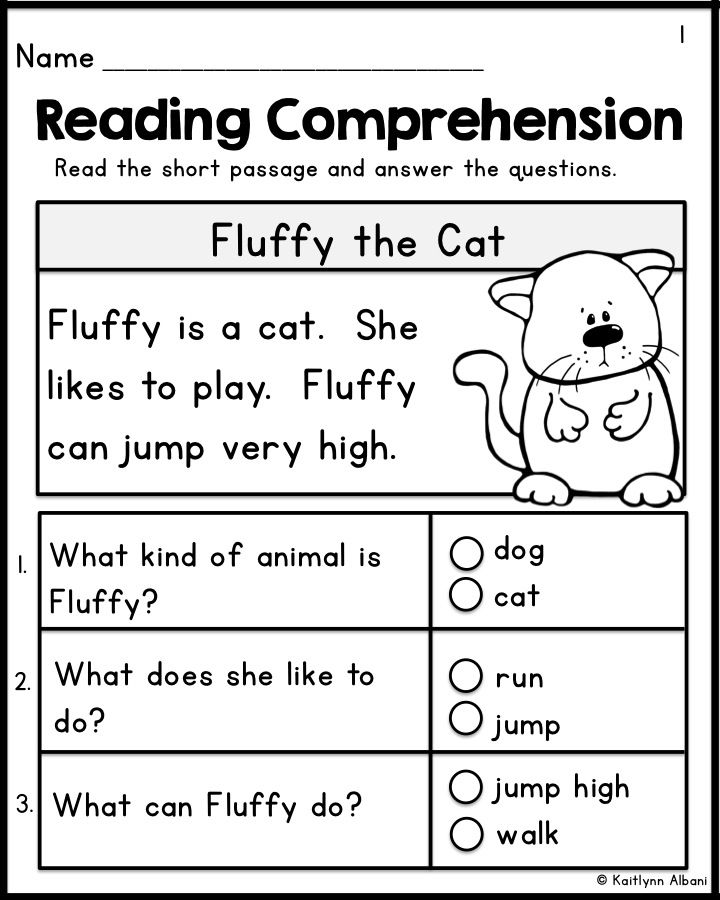 In the XVI-XIX centuries. industrial revolutions took place. Manual labor was transformed into machine. For the successful operation of factories, trained personnel and good managers were required, and not poorly educated peasants.
In the XVI-XIX centuries. industrial revolutions took place. Manual labor was transformed into machine. For the successful operation of factories, trained personnel and good managers were required, and not poorly educated peasants.
We will not delve into antiquity and try to find the germ of the very first education system. Now it is not so important for us what it was, who could receive it, what had to be done for this. But it is important to understand that our - and any other - education system has been created for more than one decade, formed by more than one thousand people. Intelligent people participated in its formation and development: candidates, doctors, professors. They definitely cannot be called stupid, they knew much more than you and me.
Could the formation of the education system be significantly influenced by people with money, upstarts and fools? In many areas, we can see rich but stupid people who find themselves in management positions, decide the fate of many others, or perform on stage.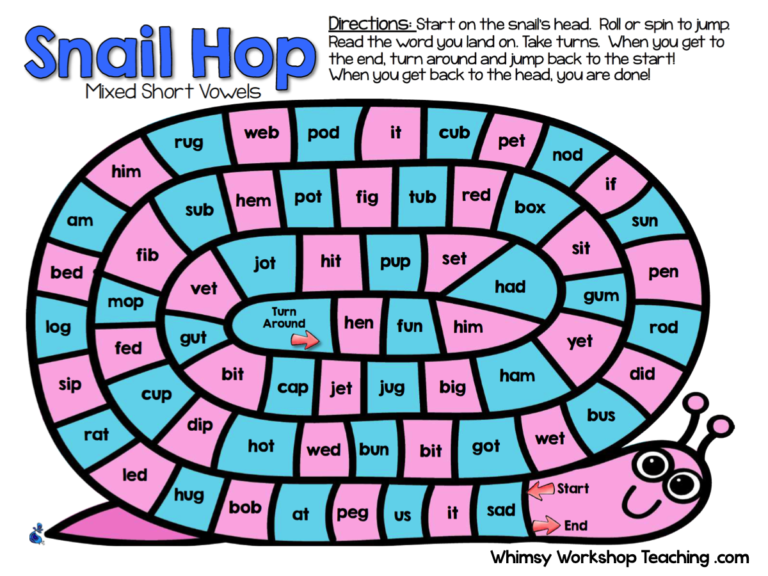 But the educational system is a completely different story. Without knowledge, without this cornerstone of education, one cannot break through here. Wealth and nobility will not replace in-depth knowledge, understanding of disciplines.
But the educational system is a completely different story. Without knowledge, without this cornerstone of education, one cannot break through here. Wealth and nobility will not replace in-depth knowledge, understanding of disciplines.
Historically, people with knowledge and the desire to deepen and expand it were a separate layer of society. Take, for example, doctors. The people have always valued these people above the rest for their knowledge and skills. When a doctor cured some disease, he was advised by his acquaintances, they went to him, were treated and, in turn, advised their acquaintances, and so on. This is how trust in education was born. This scheme has survived to this day. True, now it does not look so primitive.
Smart people who strive for knowledge have always stood at the origins of education. They knew what they were doing, laying the foundations for the curriculum. Therefore, your opinion about the uselessness of certain disciplines is unlikely to be taken into account when creating a new curriculum.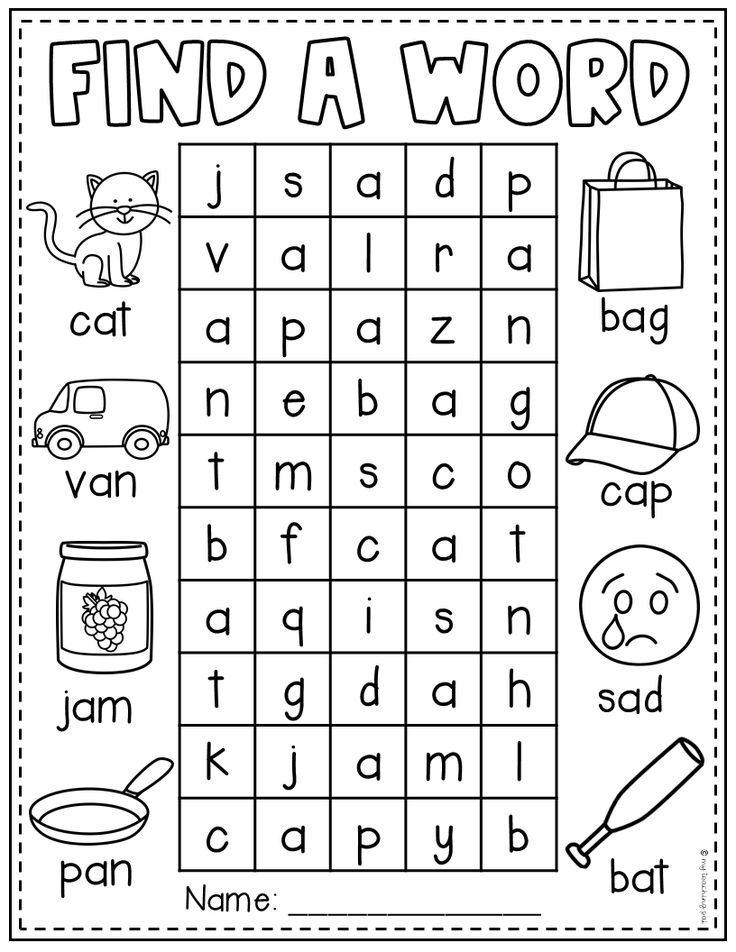
Now it has become very fashionable to say that in schools and universities they teach the wrong things, something like, “Why do I need these quadratic equations? Now you need to know financial literacy, and not study the metachondria and ciliates of the shoe! ... "I will try to explain: let's go back to the fact that the school prepares us for adulthood, and no one knows what and at what moment will come in handy for us, and the education system takes those unique techniques with which you train and practice your abilities. I think if you are able to memorize one paragraph on history per week, then it will not be difficult for you to remember the recipe for some dish, if you coped with integrals, differentials and mathematical analysis at the university, then master the same financial literacy at a basic level for you will be spat.
The meaning of “useless” items is not to give you specific knowledge, but to teach you how to perform tasks in a non-standard way, to cope with them in different ways. This is one of the main tasks of studying at the university: you are taught to get out of various situations, which sometimes require you to be able to look at the problem from a different angle, apply unusual methods. This is your first life stage, where you can seriously apply the saying “if you want to live, know how to spin”.
This is one of the main tasks of studying at the university: you are taught to get out of various situations, which sometimes require you to be able to look at the problem from a different angle, apply unusual methods. This is your first life stage, where you can seriously apply the saying “if you want to live, know how to spin”.
The university should give you that minimum of knowledge in the discipline, with the help of which you can further study the industry on your own. On average, a teacher during a course gives only 5% of the knowledge required from a highly qualified specialist in lectures. These 5% are the foundation for self-study and deepening in your chosen specialty.
It must be clearly understood that a person receives higher education himself. It is not provided by the university. Absolutely all higher educational institutions have two main tasks: the first is to provide a basic foundation for special disciplines. The second is to teach students to search for the necessary information: to know where it is located, in which books, on which sites, to be able to sort it, to distinguish reliable sources from dubious ones.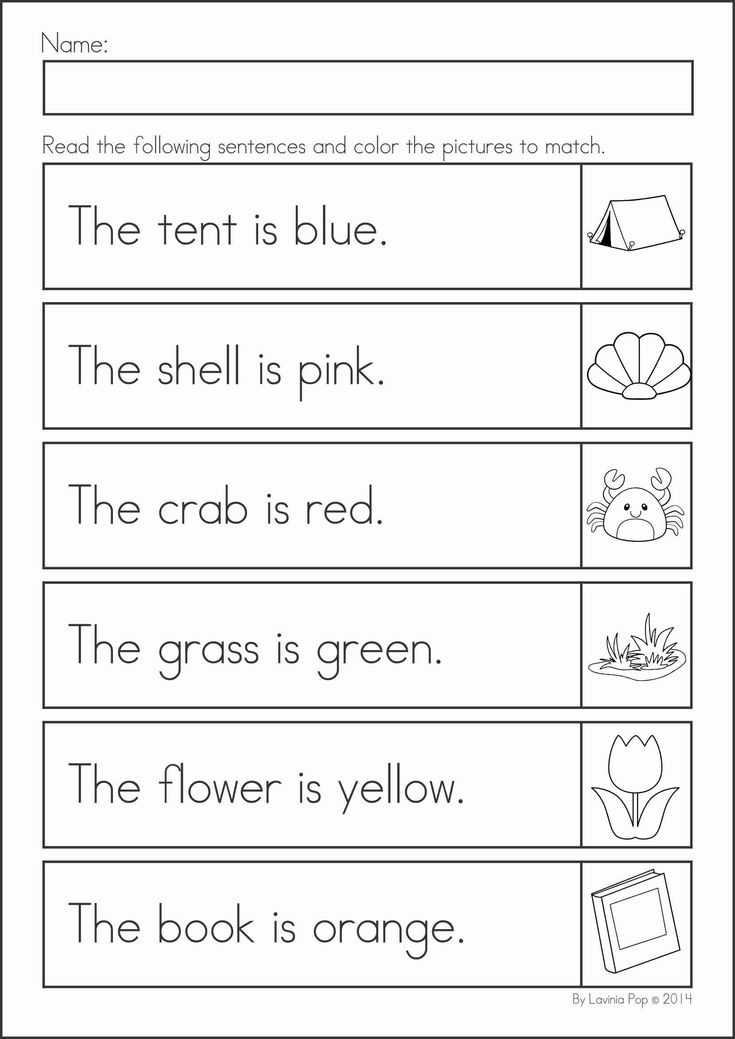 Here you can give an example with a store and a seller. A good seller always knows where what goods are, and at the right time he delivers them to the buyer very quickly. The same policy applies to education. The goal of lawyers is to know in which code to look for a law or article, the goal of an engineer is to know in which reference book to find the desired value or formula. You do not have to know everything by heart down to the comma, you must represent the structure, and learn to think in your specialty, so that when you come to a new job, you can easily pick up the desired direction or specialization, and not waste time on the training that your institution.
Here you can give an example with a store and a seller. A good seller always knows where what goods are, and at the right time he delivers them to the buyer very quickly. The same policy applies to education. The goal of lawyers is to know in which code to look for a law or article, the goal of an engineer is to know in which reference book to find the desired value or formula. You do not have to know everything by heart down to the comma, you must represent the structure, and learn to think in your specialty, so that when you come to a new job, you can easily pick up the desired direction or specialization, and not waste time on the training that your institution.
It doesn't matter what profession you choose and what you decide to become - you should like the process of learning this profession. You must love to study and do it with all your heart, no matter what subject you are doing homework or coursework. If you are going to become an architect, and sociology is put in your program, then it is necessary. If you really want to become someone, then whatever subject you study from the plan, you slowly, in small steps, go towards your goal. But if you study at the request of your parents or because "it's necessary", you are wasting your time.
If you really want to become someone, then whatever subject you study from the plan, you slowly, in small steps, go towards your goal. But if you study at the request of your parents or because "it's necessary", you are wasting your time.
Do not forget one elementary thing - after graduation you are not a first-class specialist. Many students after graduation want to immediately get big positions, high salaries ... But getting a diploma does not give you a guarantee of a bright future. A diploma in your specialty is an opportunity to realize yourself in the labor market. A diploma will give you the right to fight for a good place in your specialty. To be competitive in the labor market, you need to have experience. And where to get it?
If you are reading this book as a student or, better still, as an applicant, you are very lucky. You have time before graduation. Get a formal job. It may be a low-paying or uninteresting job, but it will provide experience that will be to your advantage in a few years.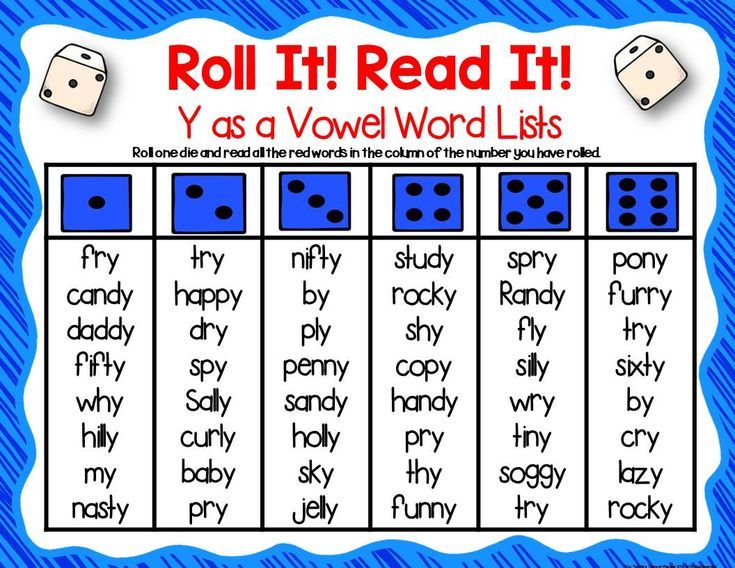 This is an investment in the future. After graduating from the job market, you will be much more attractive than your fellow students who did not work a day. Do not put earnings and money above all else, your main goal now is experience. Of course, if you are paid good money for your work, you do not need to refuse them. But if there is a choice between "no job" and "low-paying job", of course, you need to choose the second.
This is an investment in the future. After graduating from the job market, you will be much more attractive than your fellow students who did not work a day. Do not put earnings and money above all else, your main goal now is experience. Of course, if you are paid good money for your work, you do not need to refuse them. But if there is a choice between "no job" and "low-paying job", of course, you need to choose the second.
Here is a simple mathematical analogy. Let's take "there is no work" as 0, and "there is work" for any other, even the smallest number. No matter how hard we try, no matter what we try to multiply zero, it will remain zero. And if you take even one millionth and multiply it by any number greater than one, then the result will be greater than this one millionth.
This is the way to do it when you have no work at all, but a lot of free time. But if you are already spending it on other investments in the future (for example, studying languages or additional disciplines), then you should consider which investment will bring you more benefits - work or self-study.
Use every, even the smallest, opportunity to realize yourself. Learn, work, grow. To do this, you have been given several years on the border between childhood and adulthood. It is at this age that your mind is flexible and unique. Seize your opportunity and train him.
Make learning your credo. Learn like it's your calling. Tell yourself that studying is your hobby. Give yourself over to learning completely. Create your image of an ideal student. Imagine what you think a student should be like and match that image!
Chapter 2. Learning tools
How can we mathematically explain the benefits of diligent study?
Always set the bar a little higher for any task. Let's take a simple example - you need to learn how to draw a perfectly even circle. The textbook says that for this you need to draw 10 circles every day. But you raise the bar and instead of 10 circles, draw 11 daily. It's not much more difficult, right? But you get more experience than your fellow students who just follow the instructions from the textbook.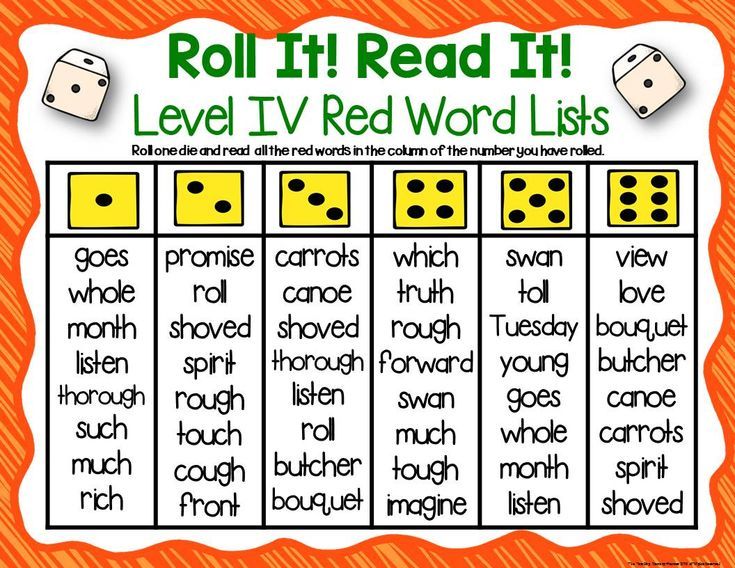
Do not do less than the program if you do not want to fall behind the pace of learning. Here are three simple equities:
0.9 14 = 0.229
1.0 14 = 1
1.1 14 = 3.797
where: 0.9, 1.0, 1.1 - the share of the daily task
9000 - the number of0 - days of training.
You ask: why do we not multiply by 14, but raise to a power? The answer is simple. The experience gained in a day is not lost tomorrow. You continue to move up, relying on the knowledge already gained, so progress every day becomes more significant. In other words, the previously acquired skill becomes the foundation for a better assimilation of today's lesson. As you can see, even small efforts applied in excess of a given measure give a significant result. Let's check this scheme on learning a foreign language. Let's say you have a goal of learning ten words of nouns every day. But you can't learn a language with nouns alone. But you can add one verb.